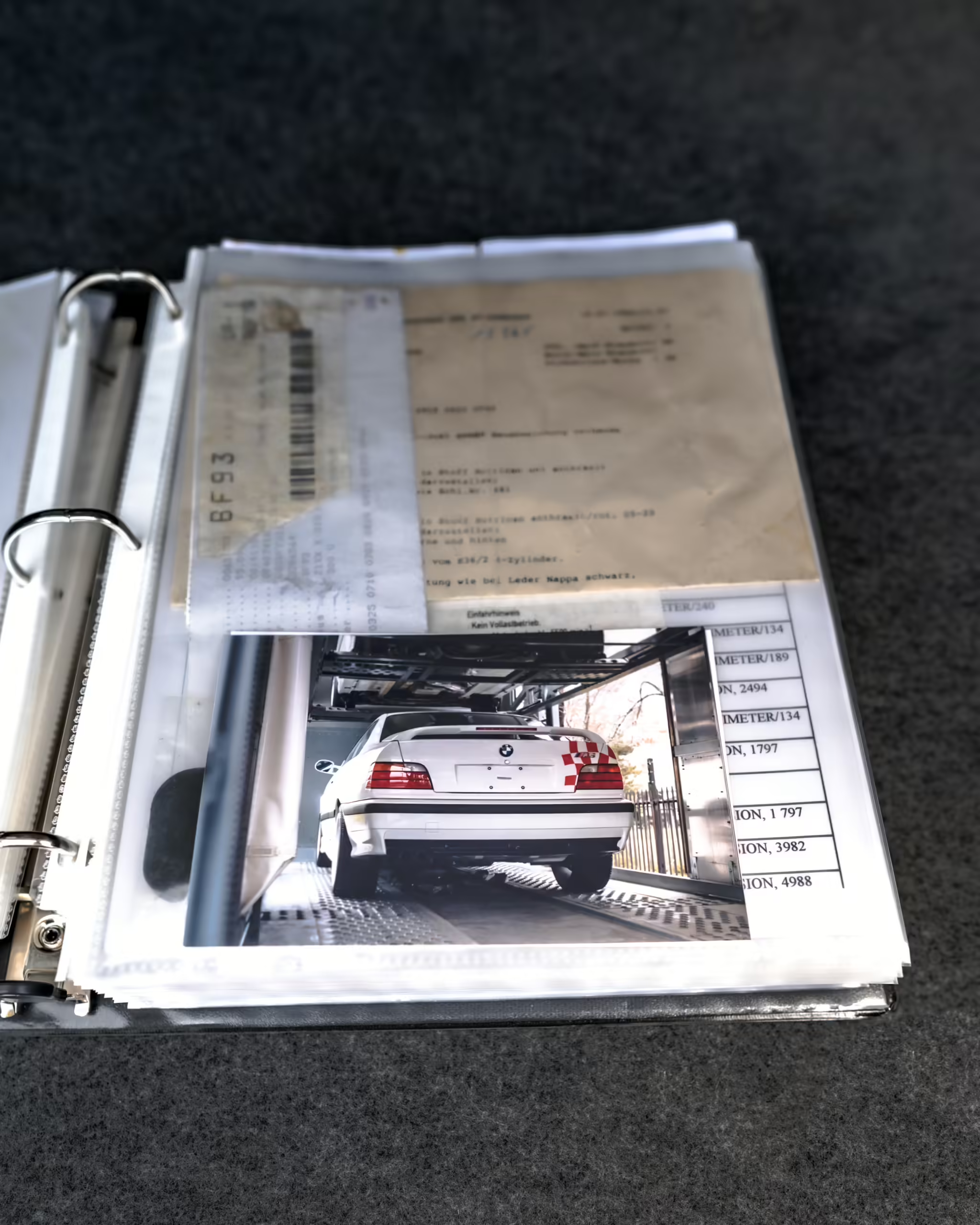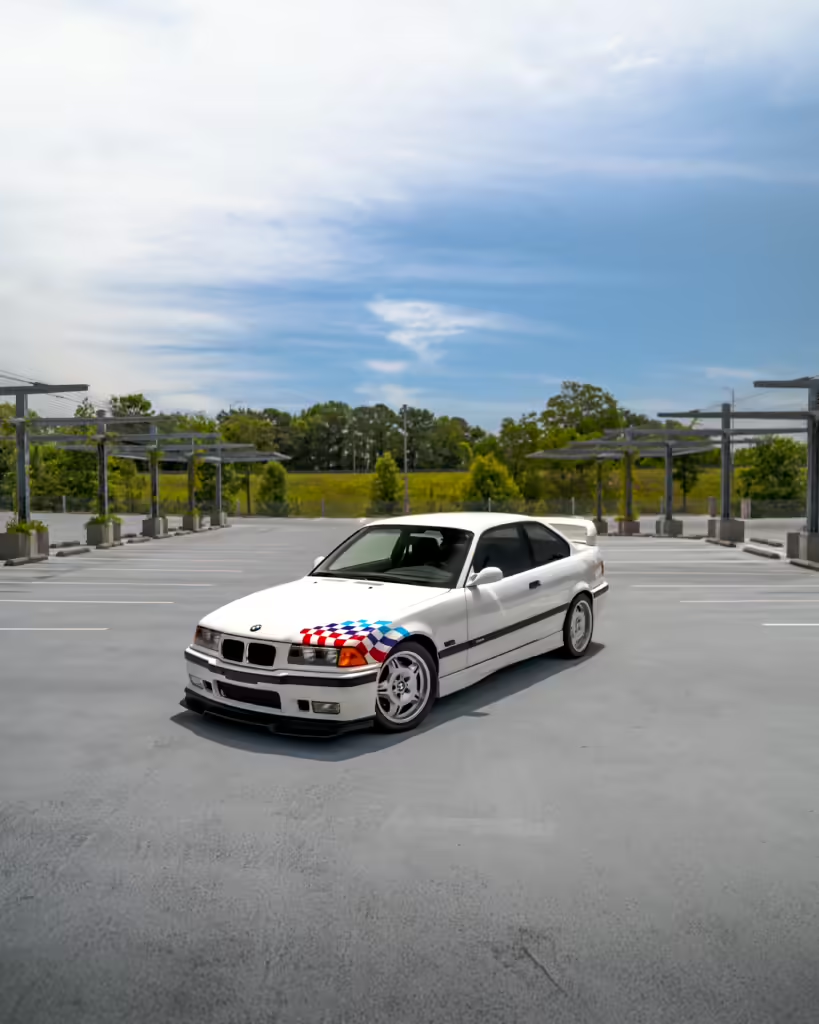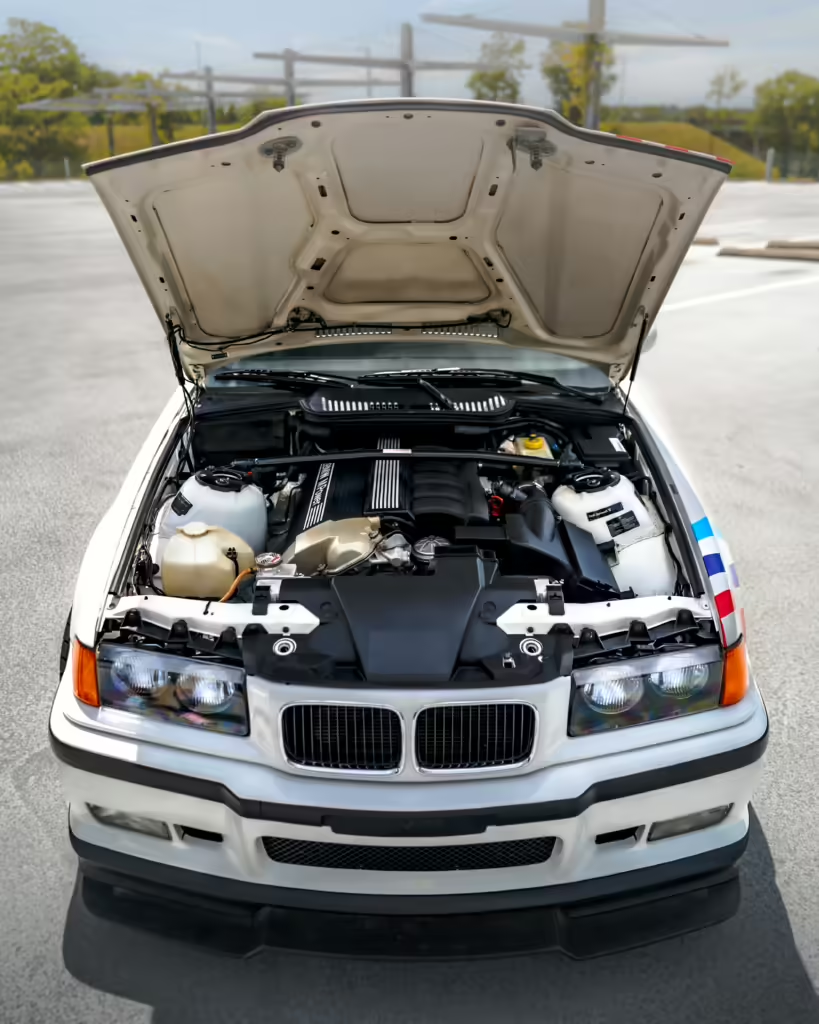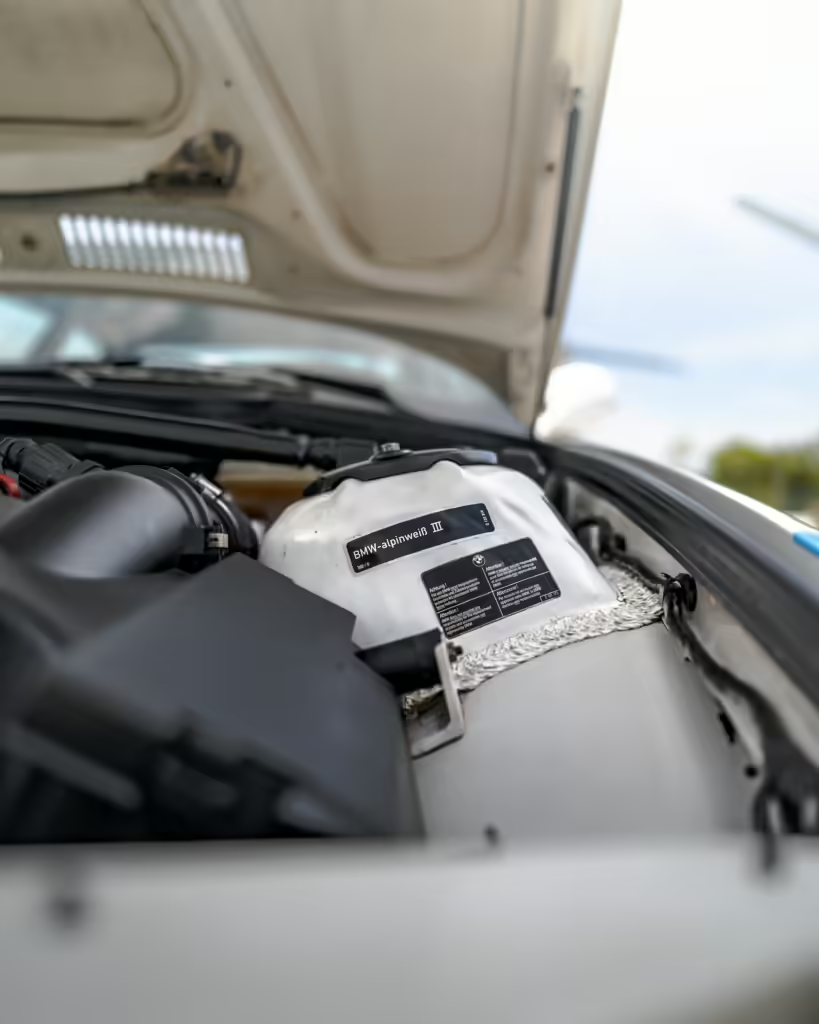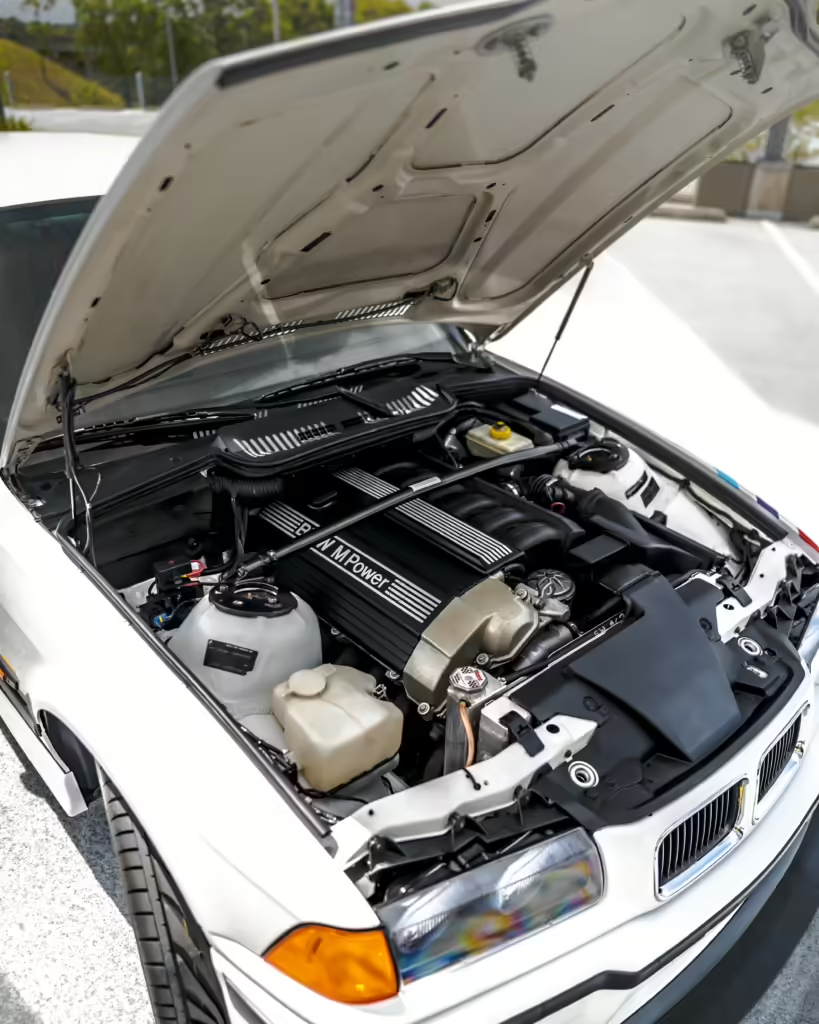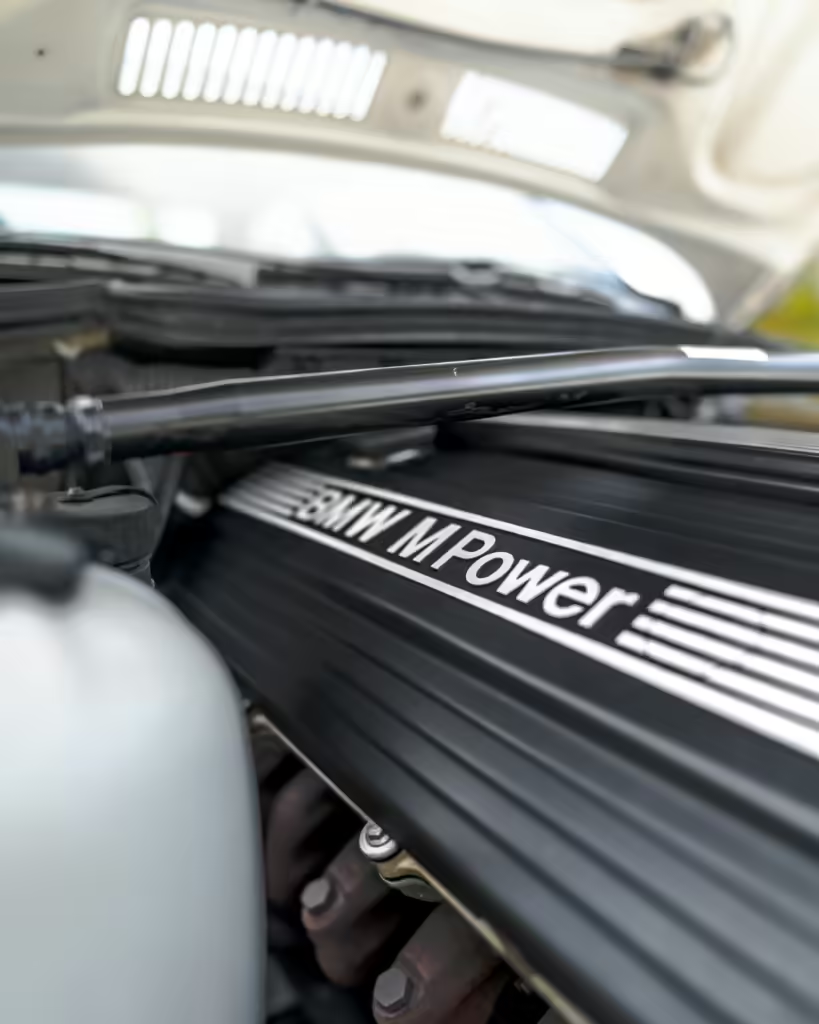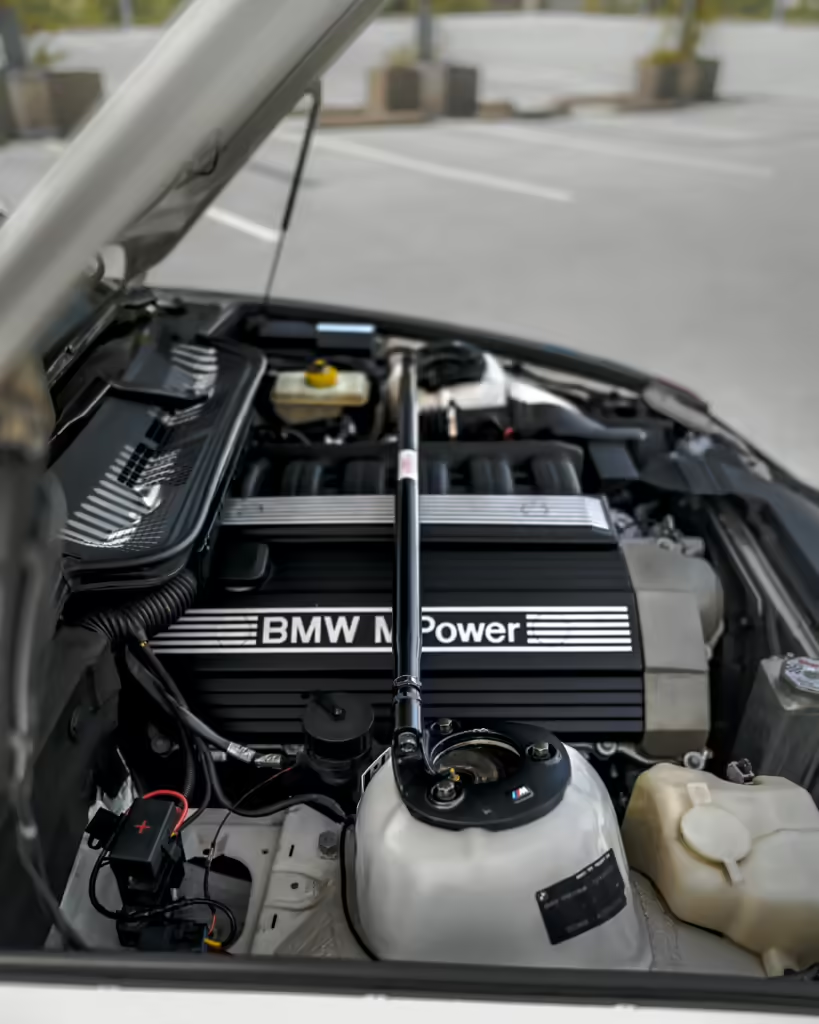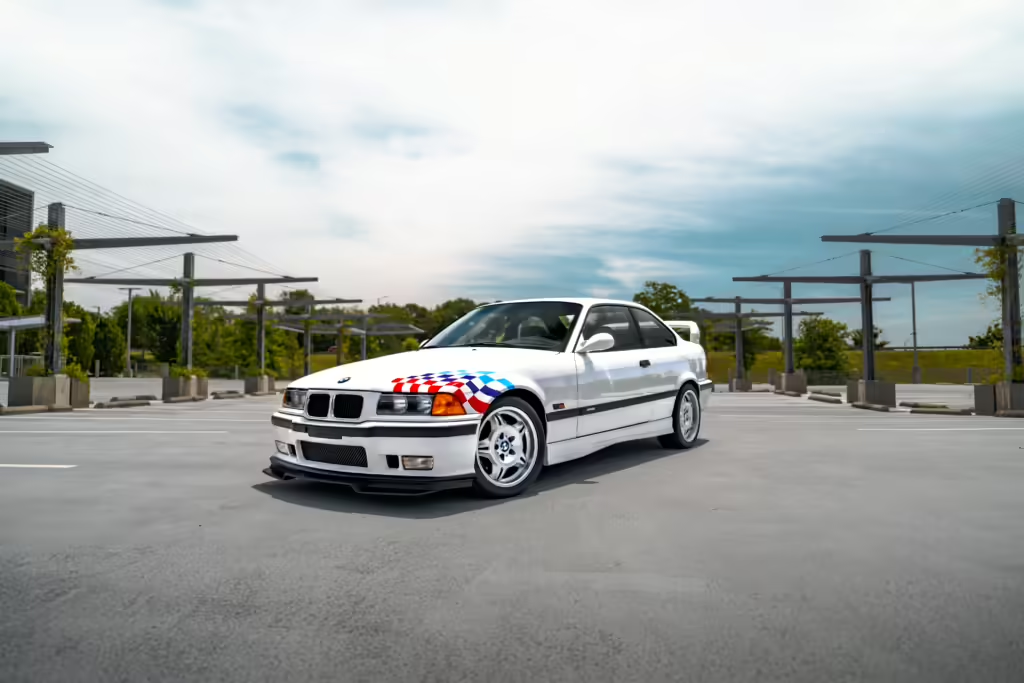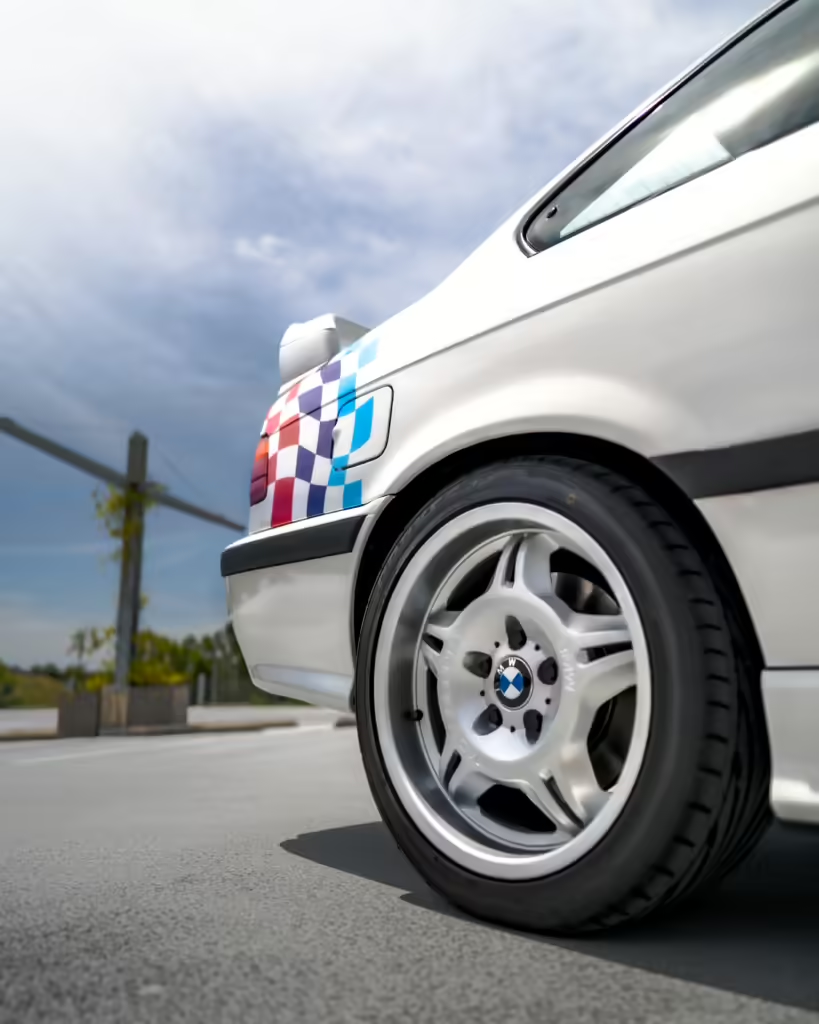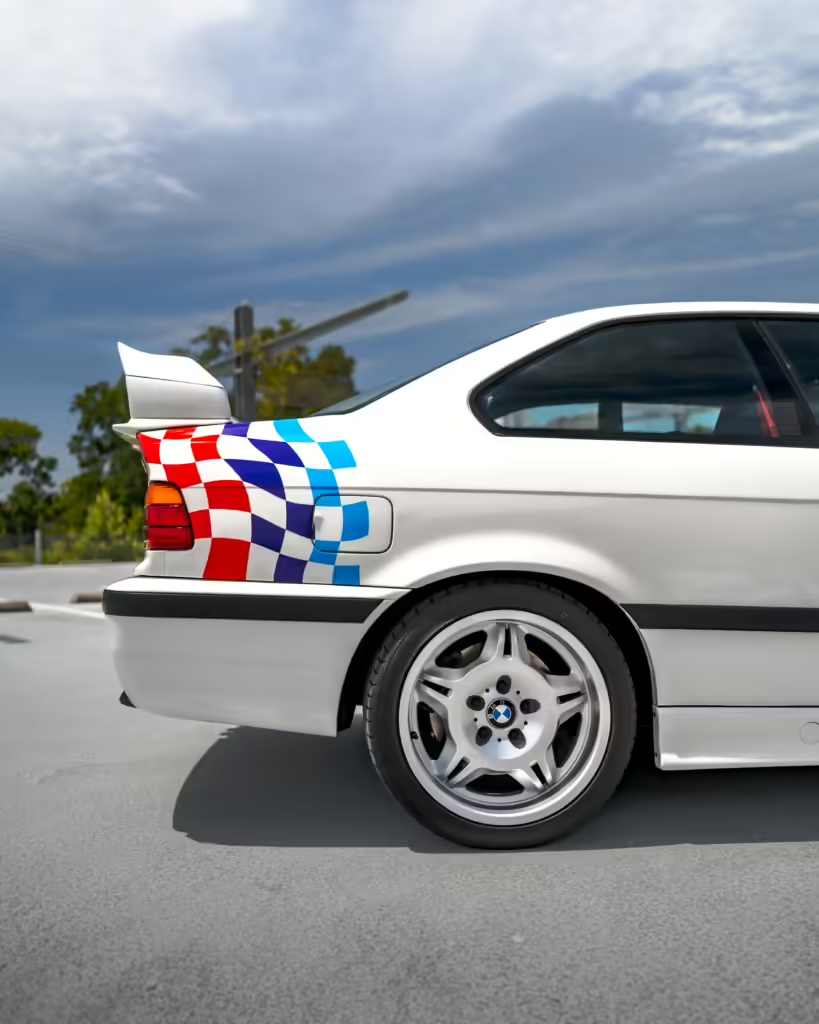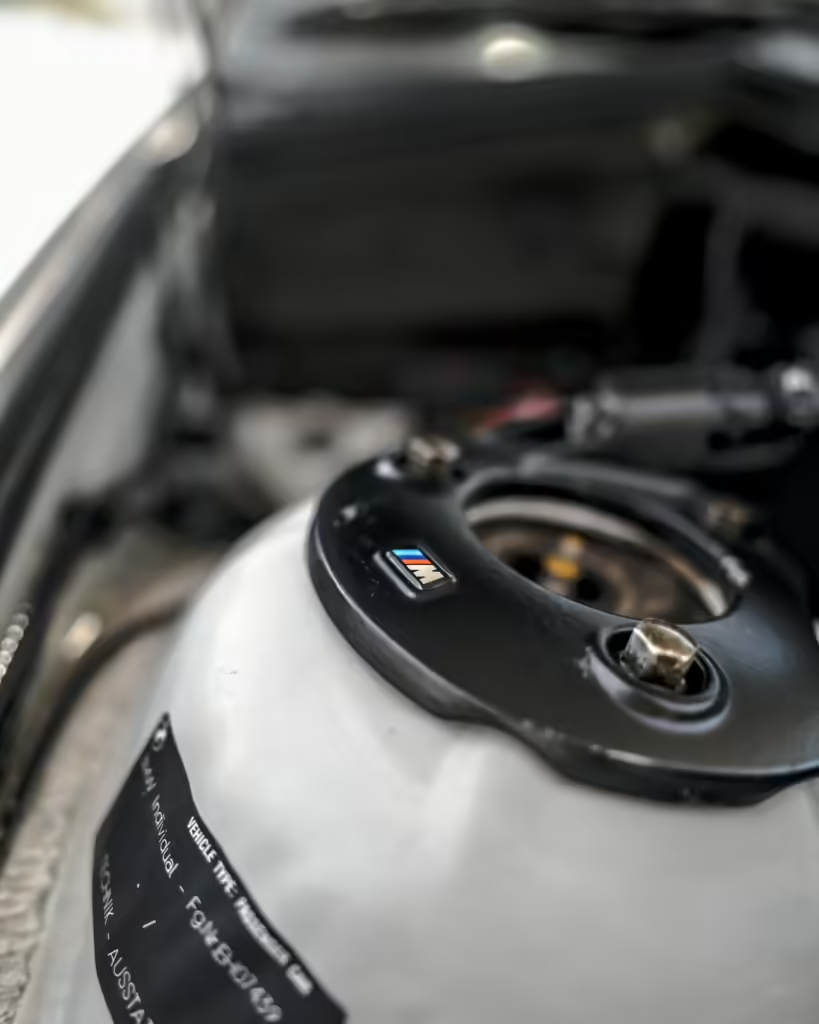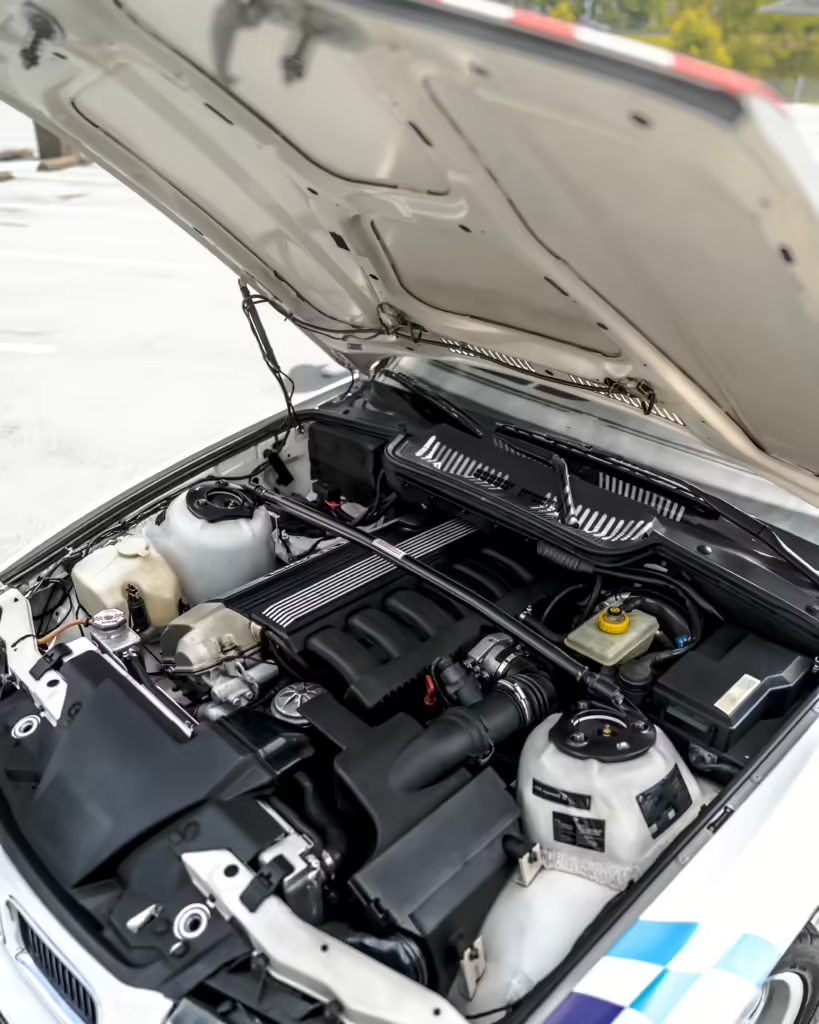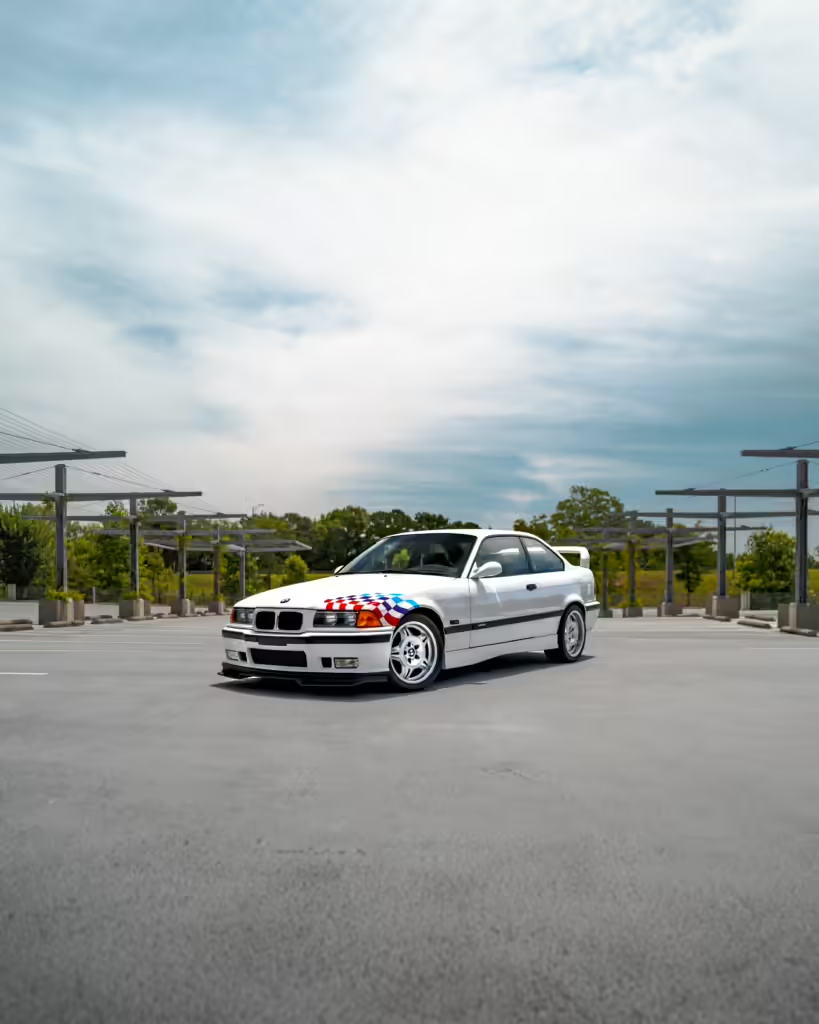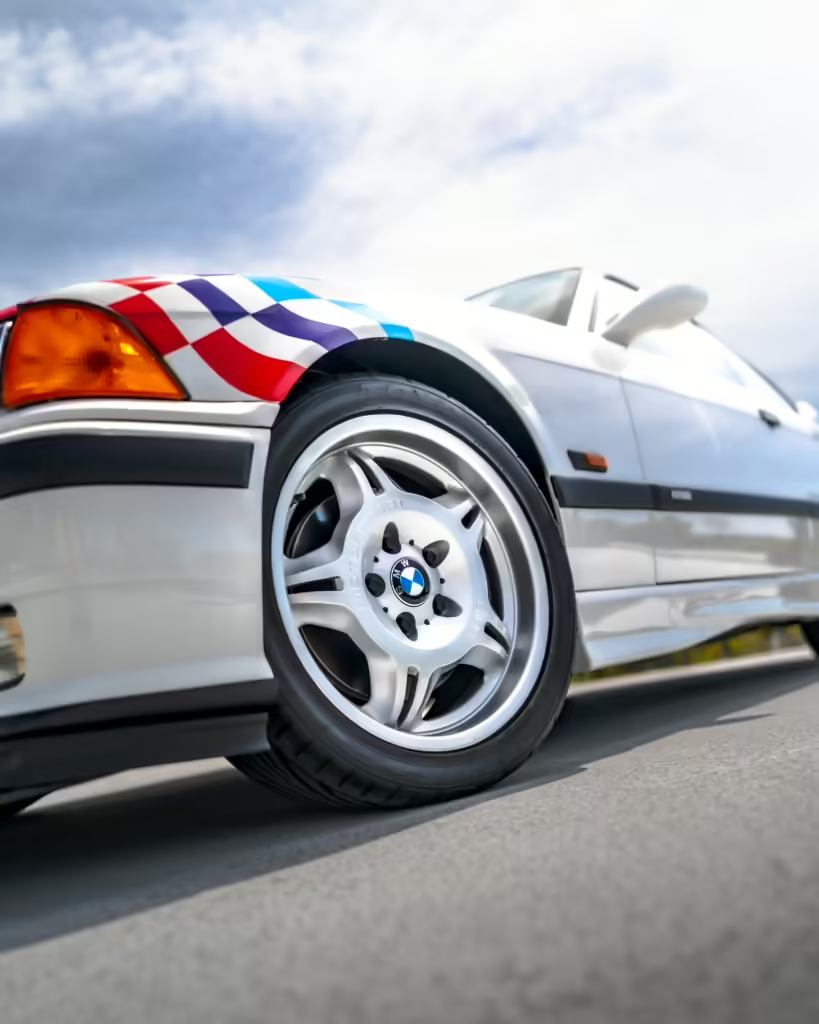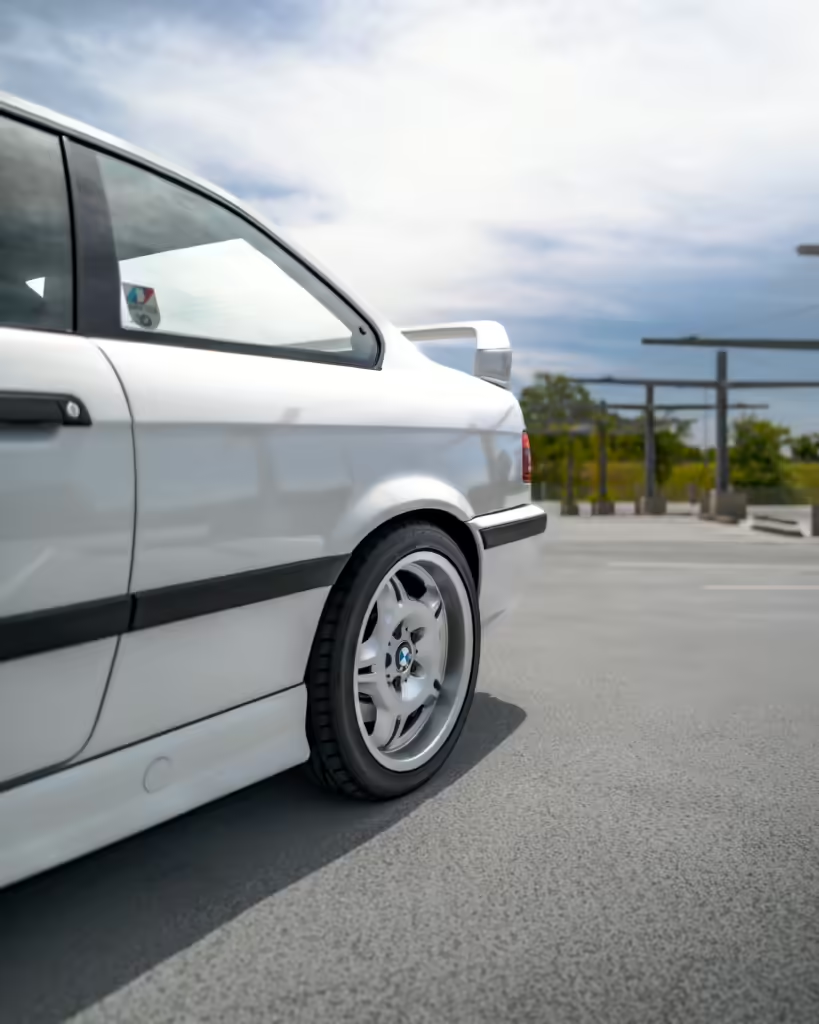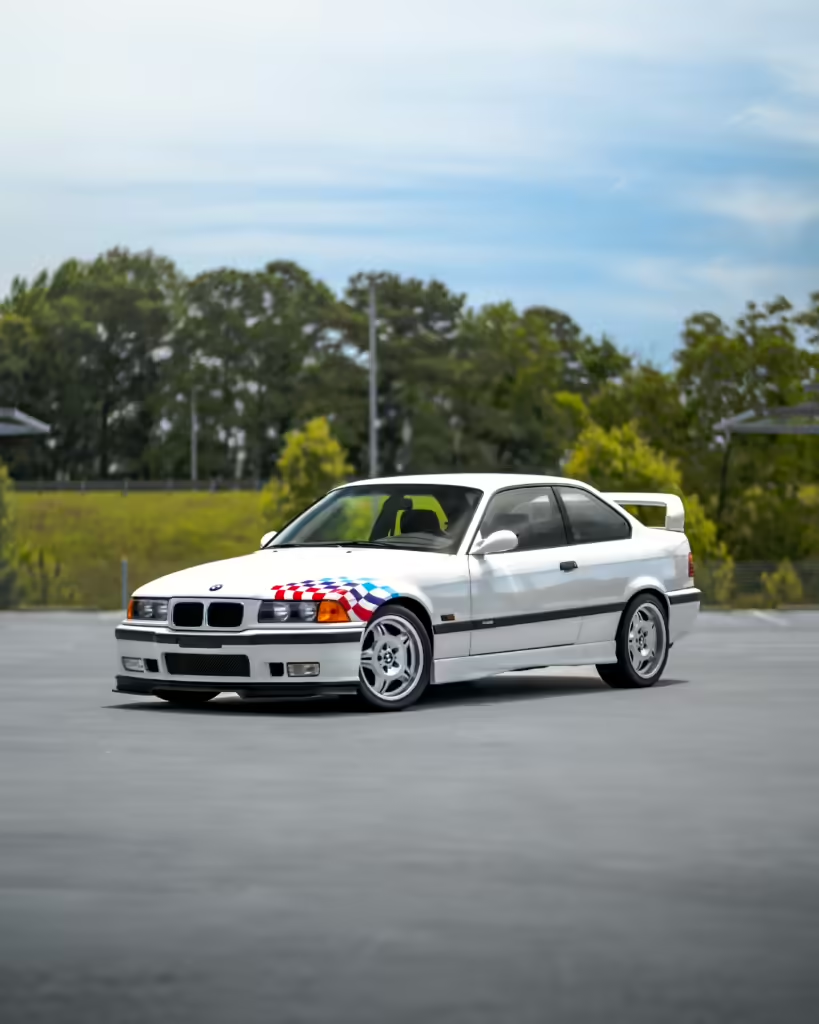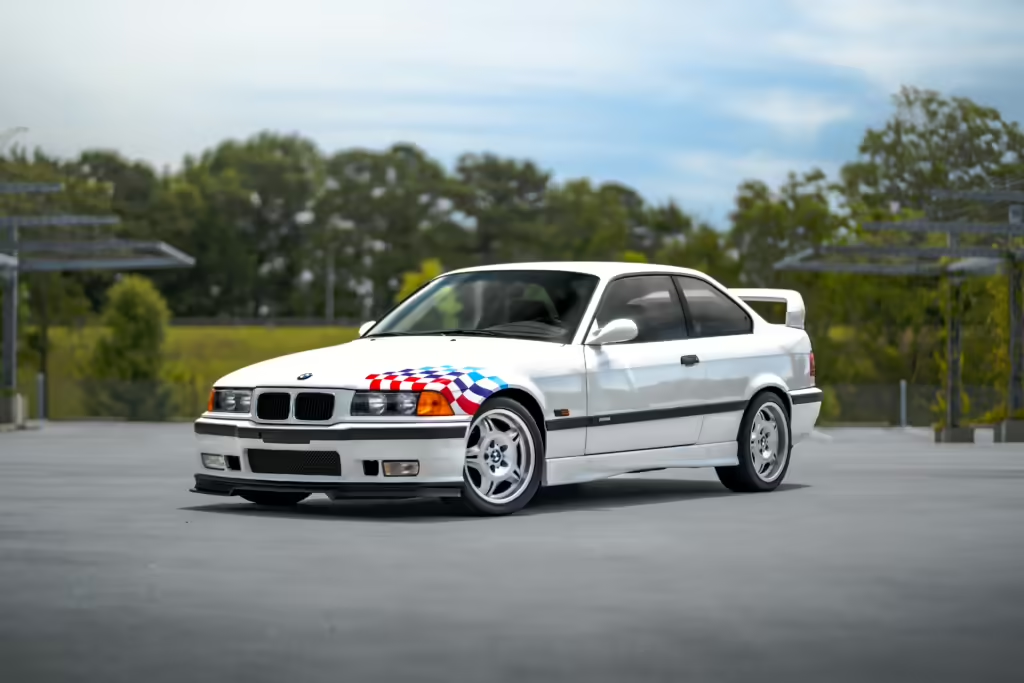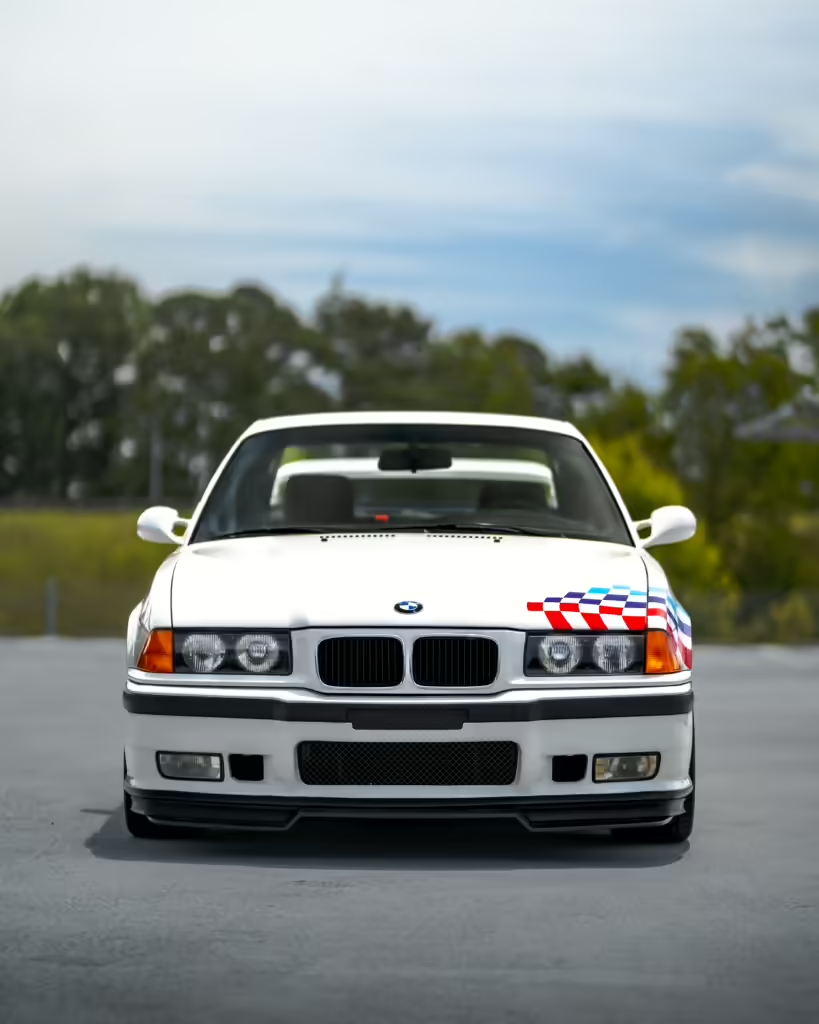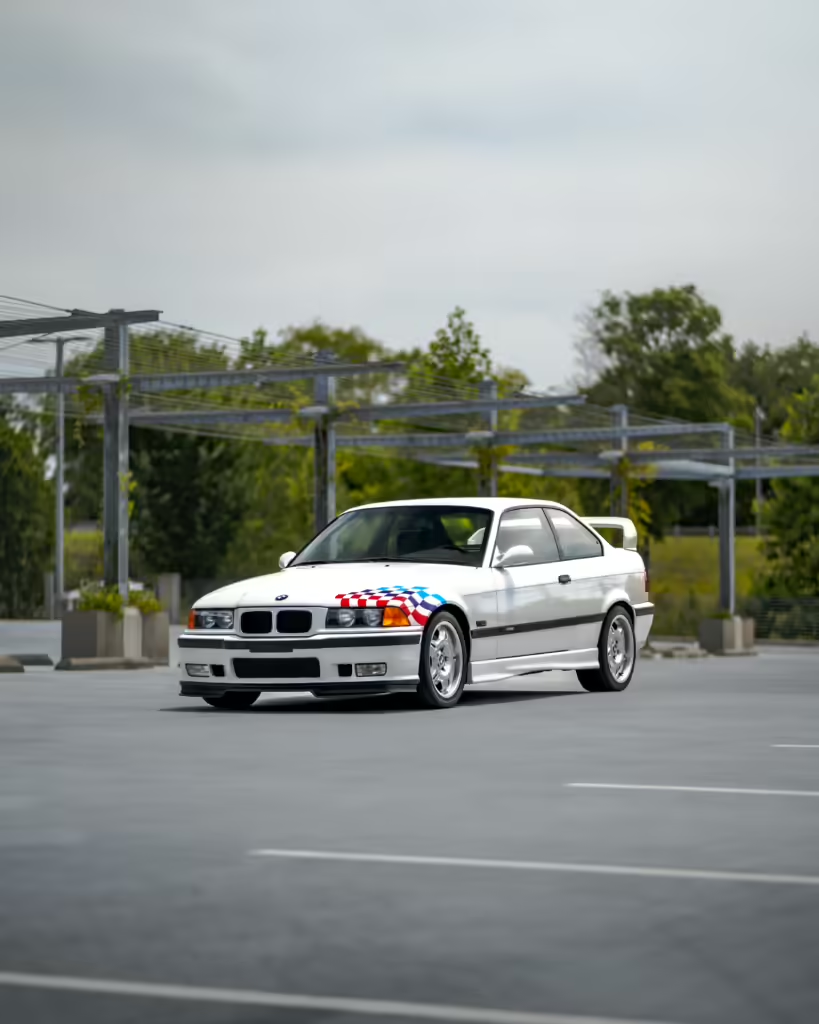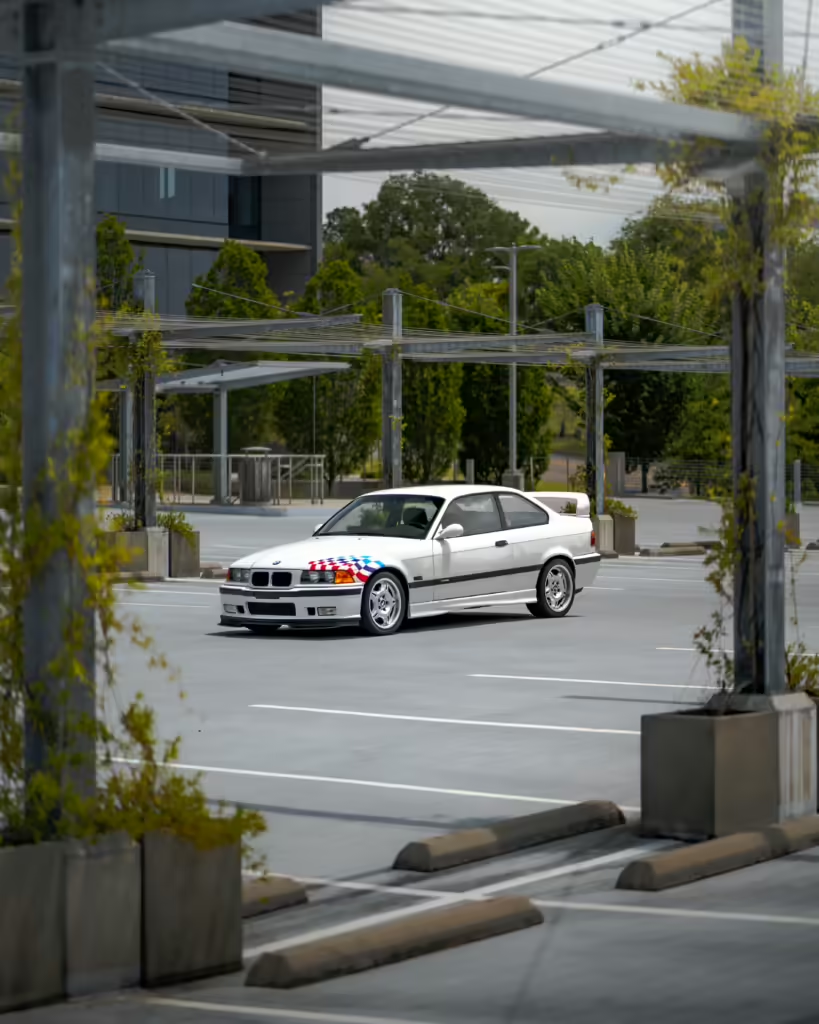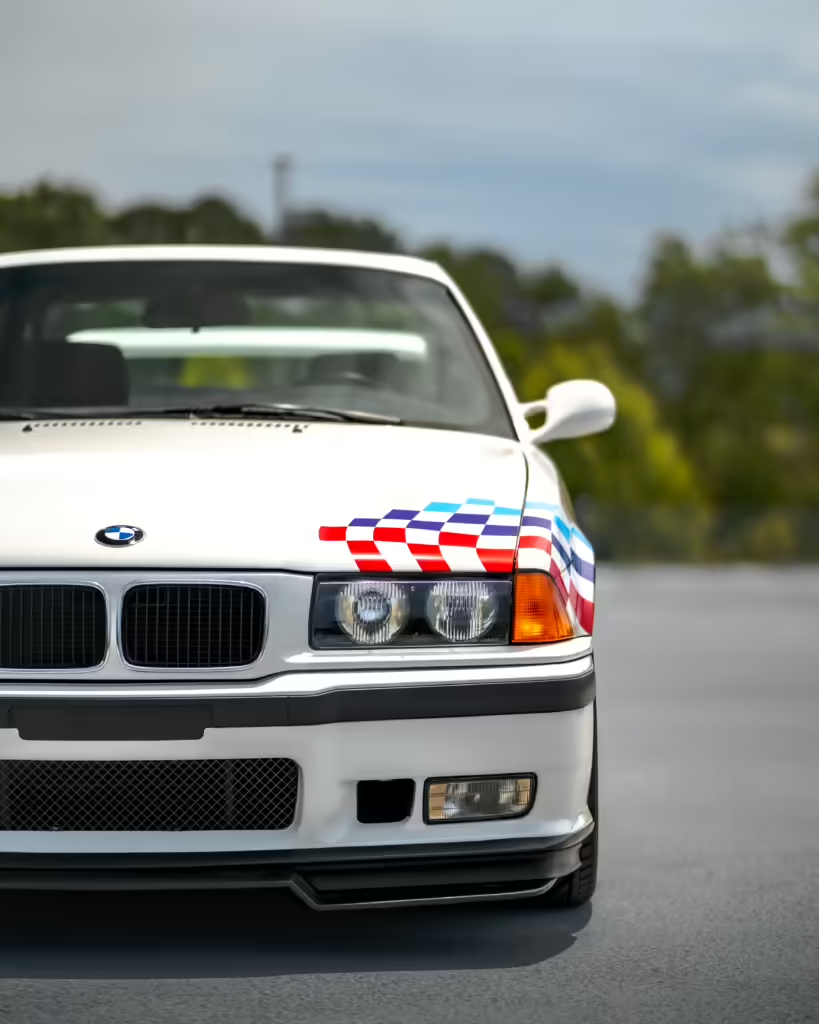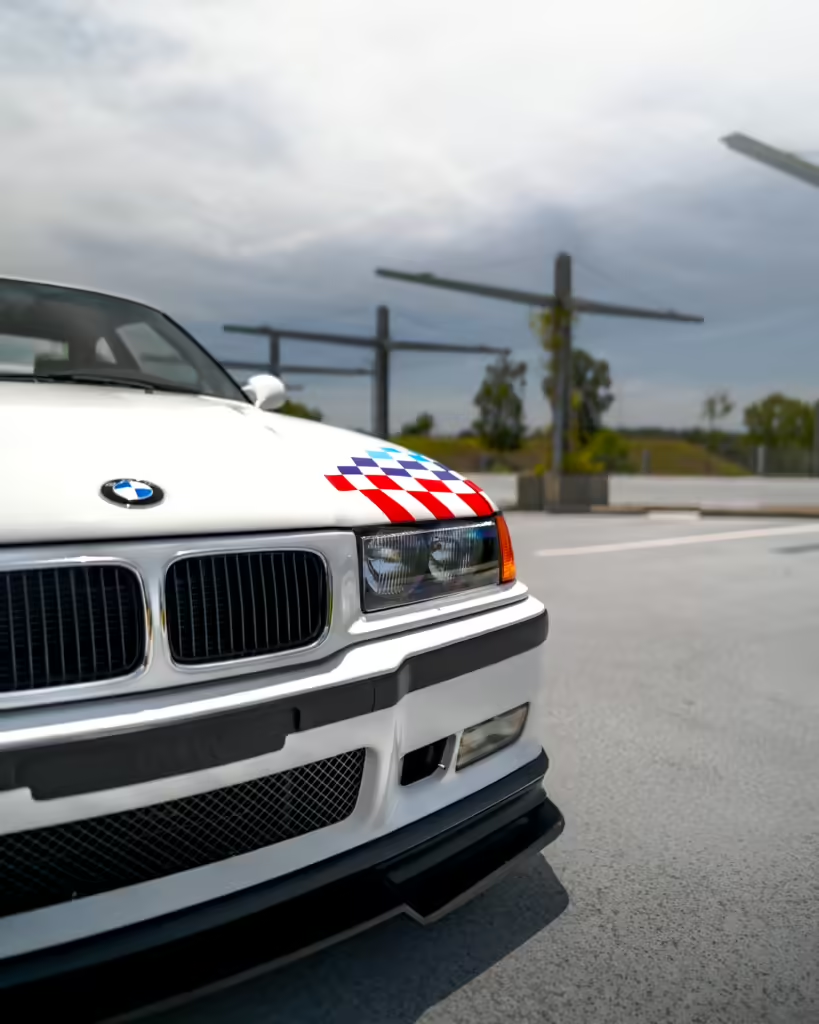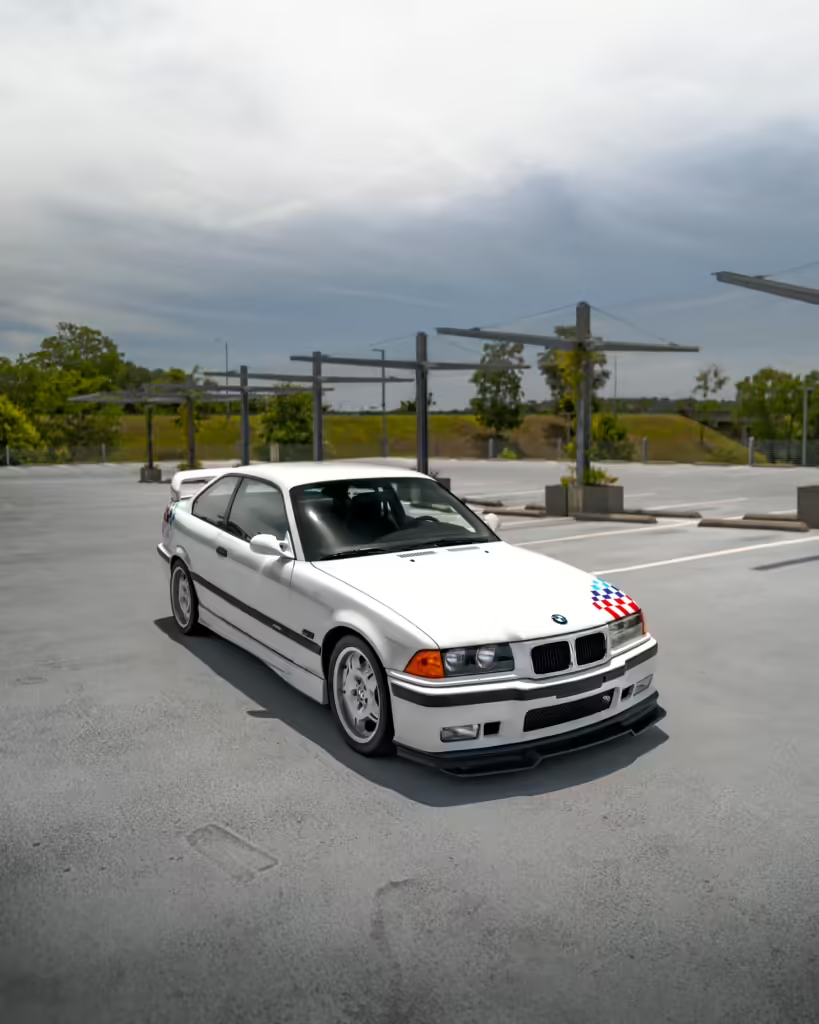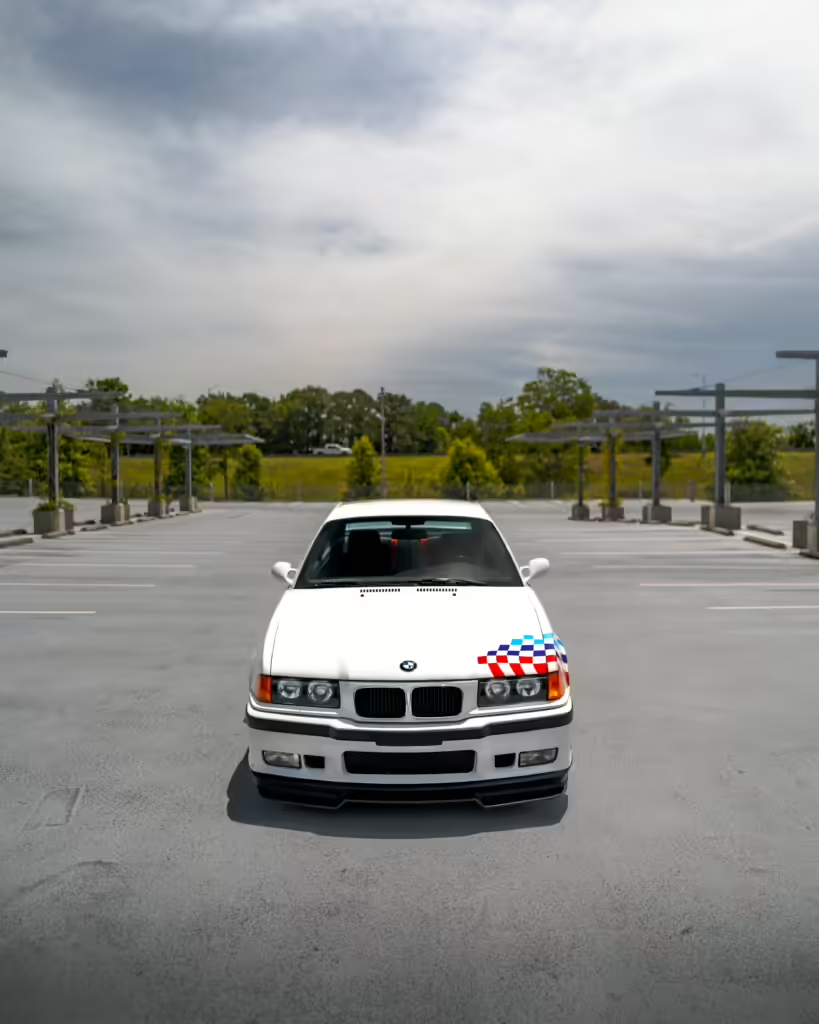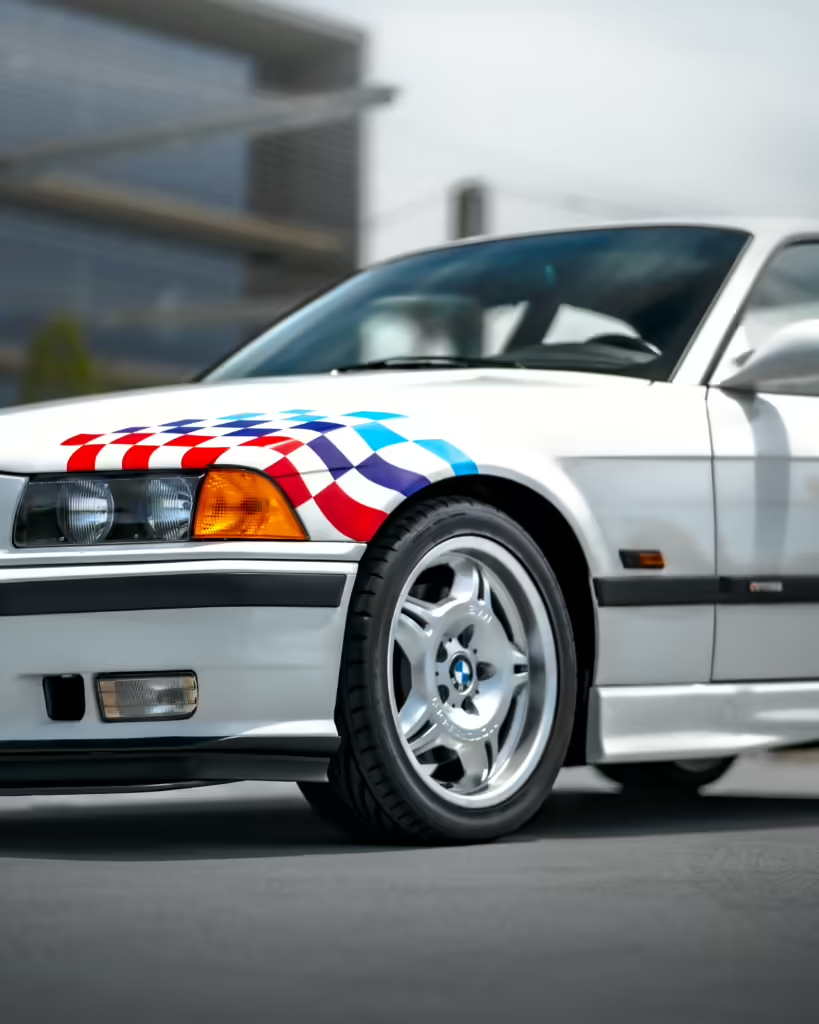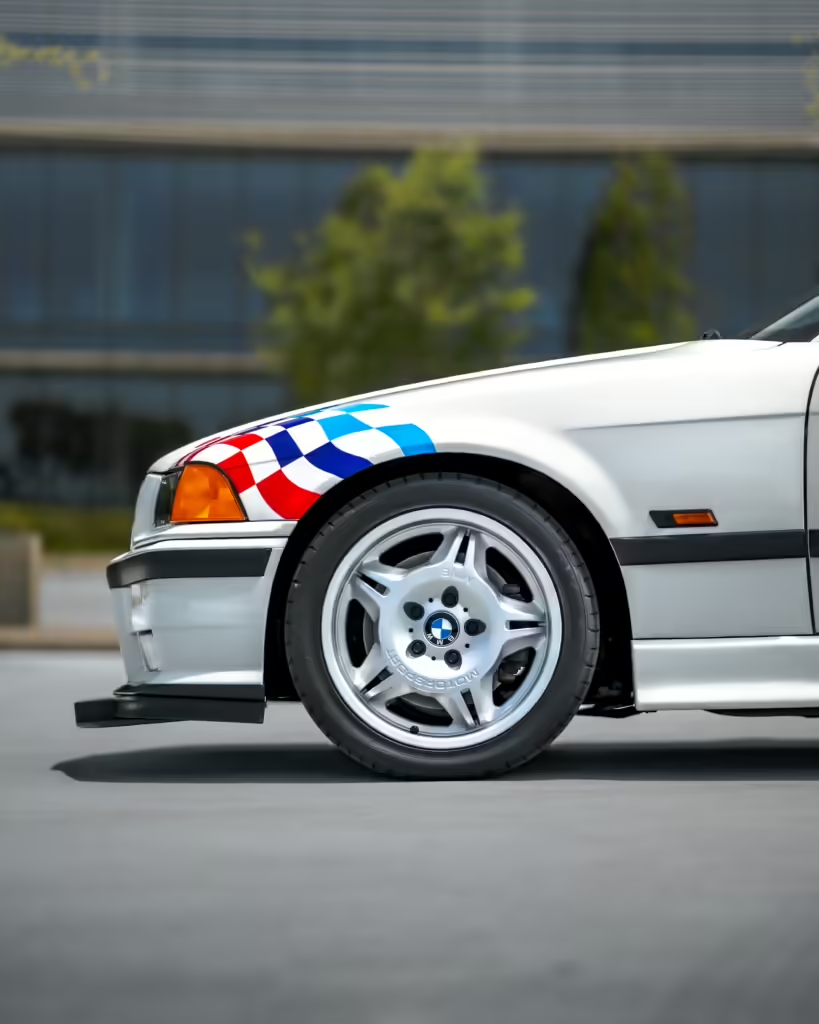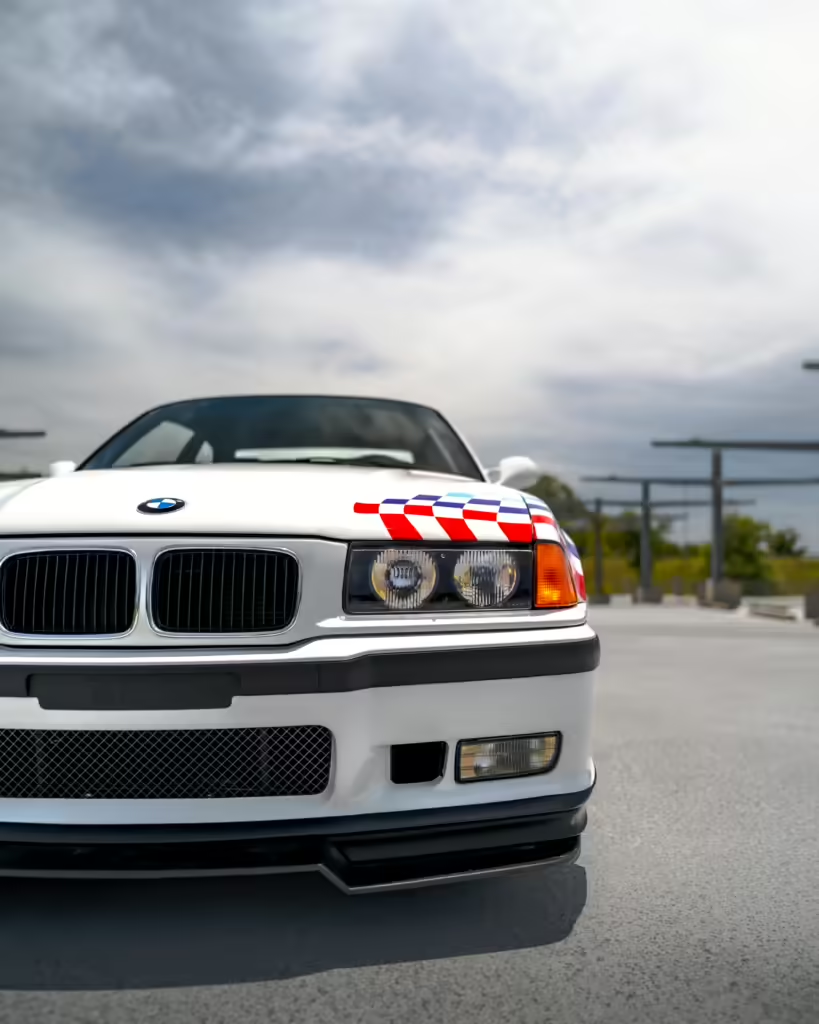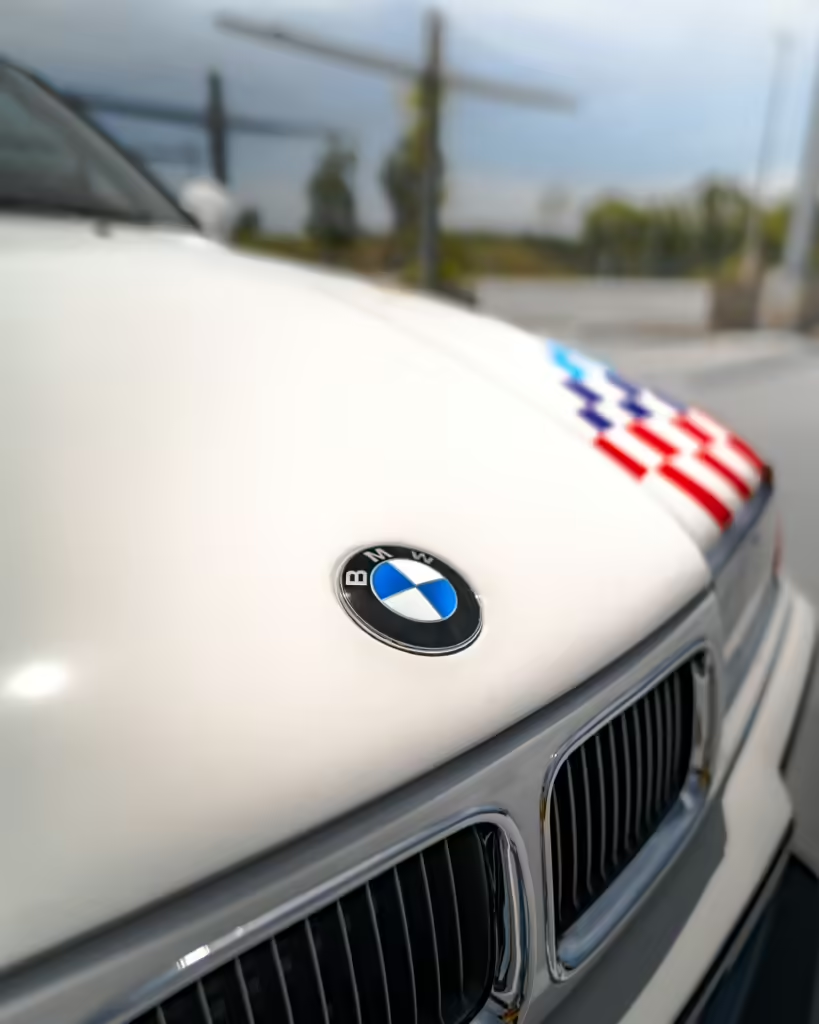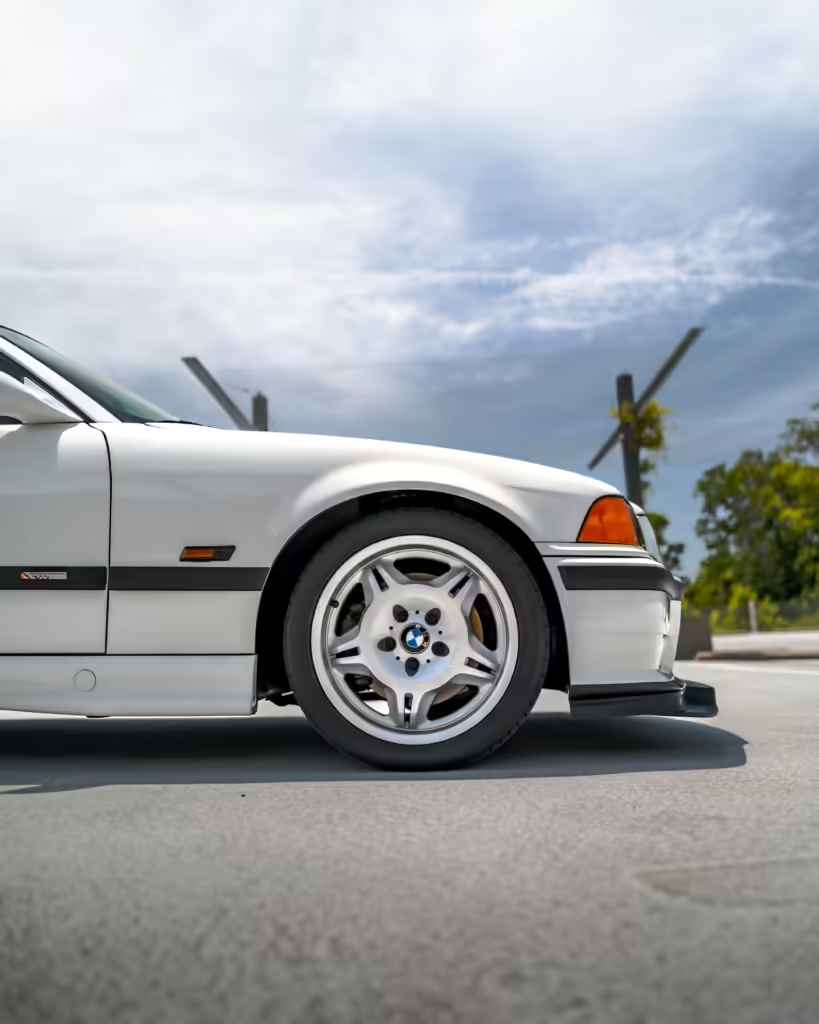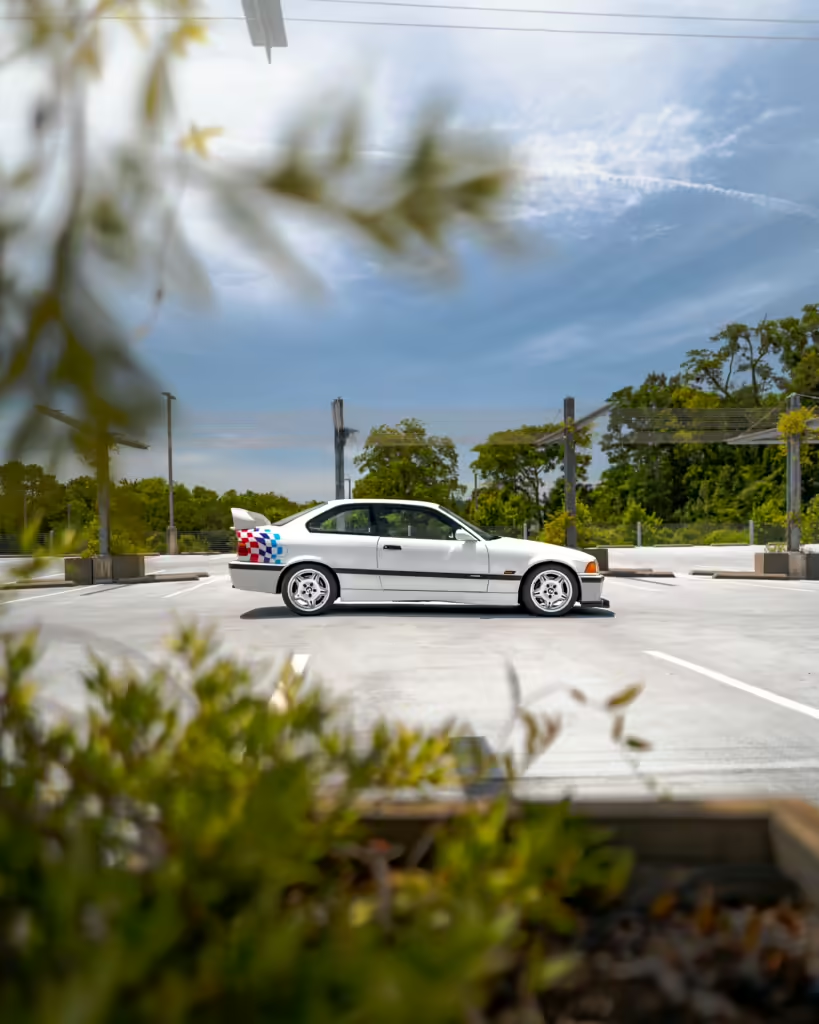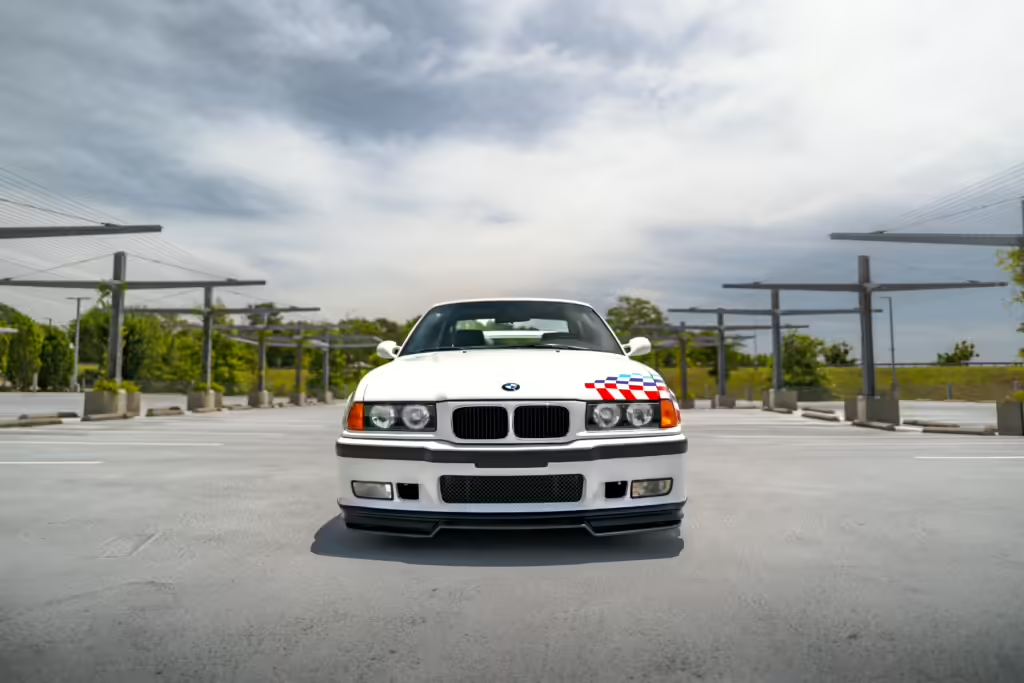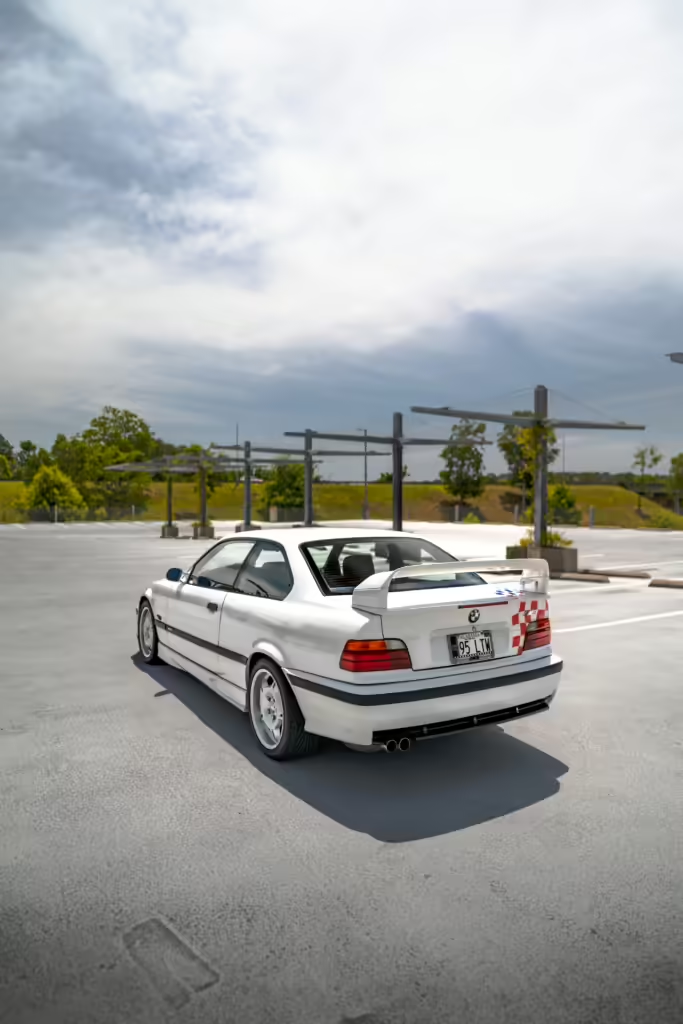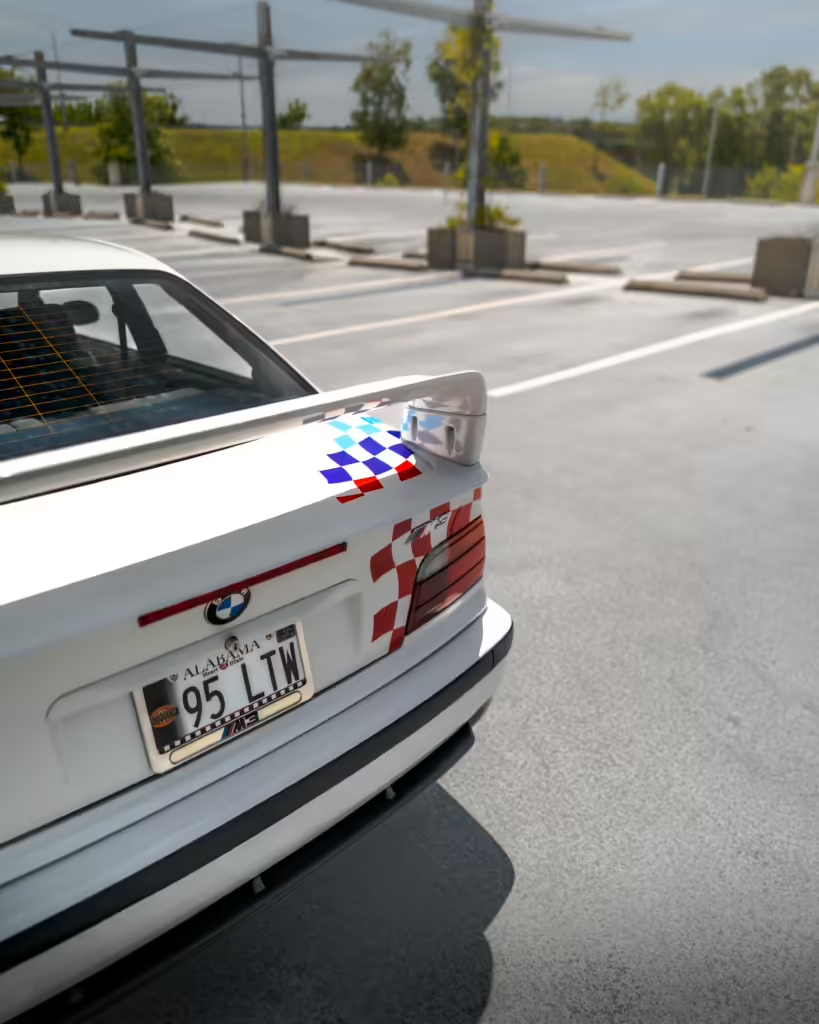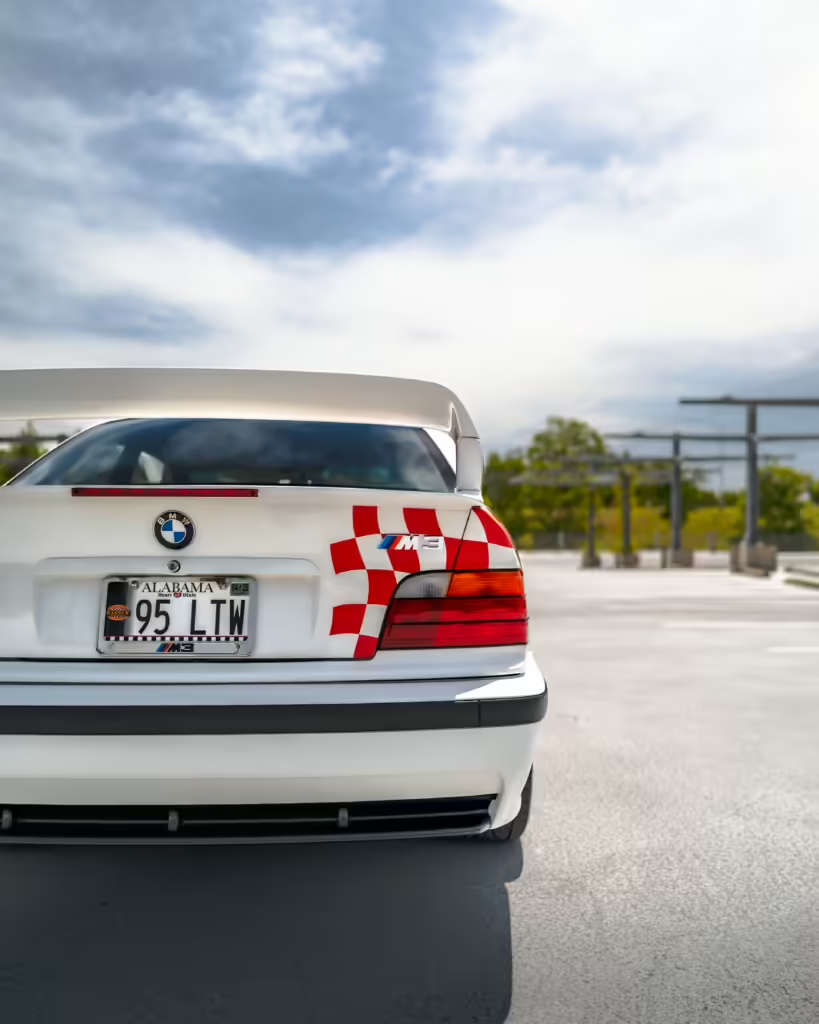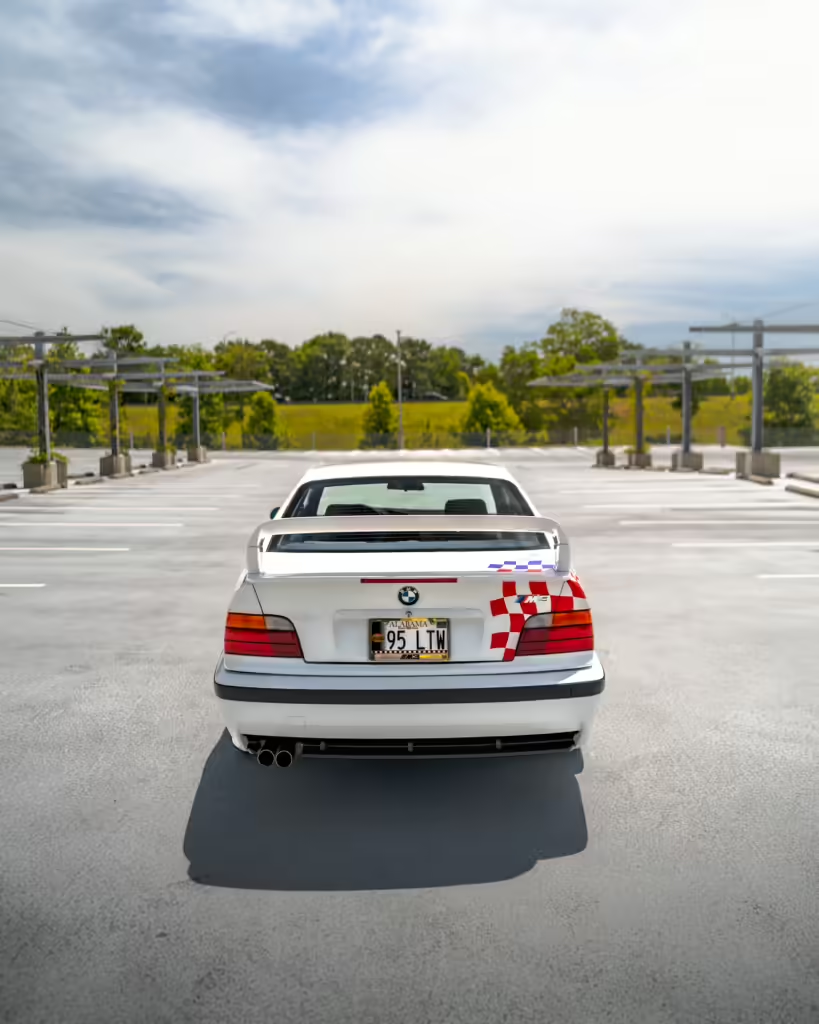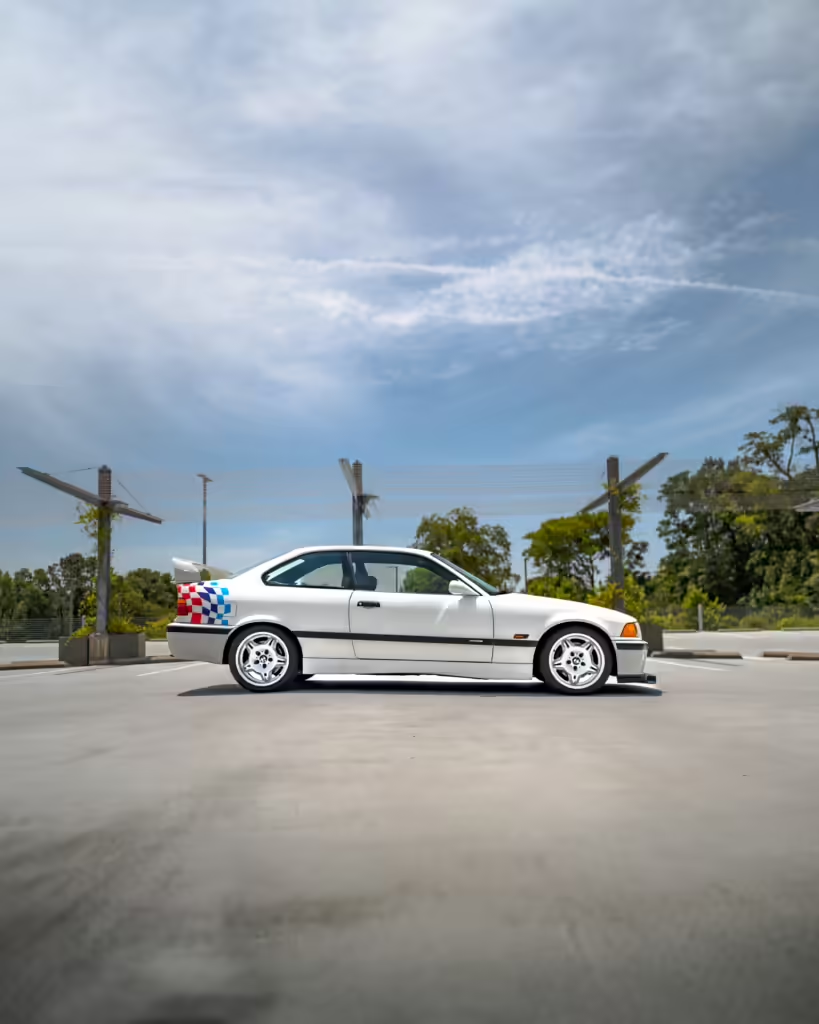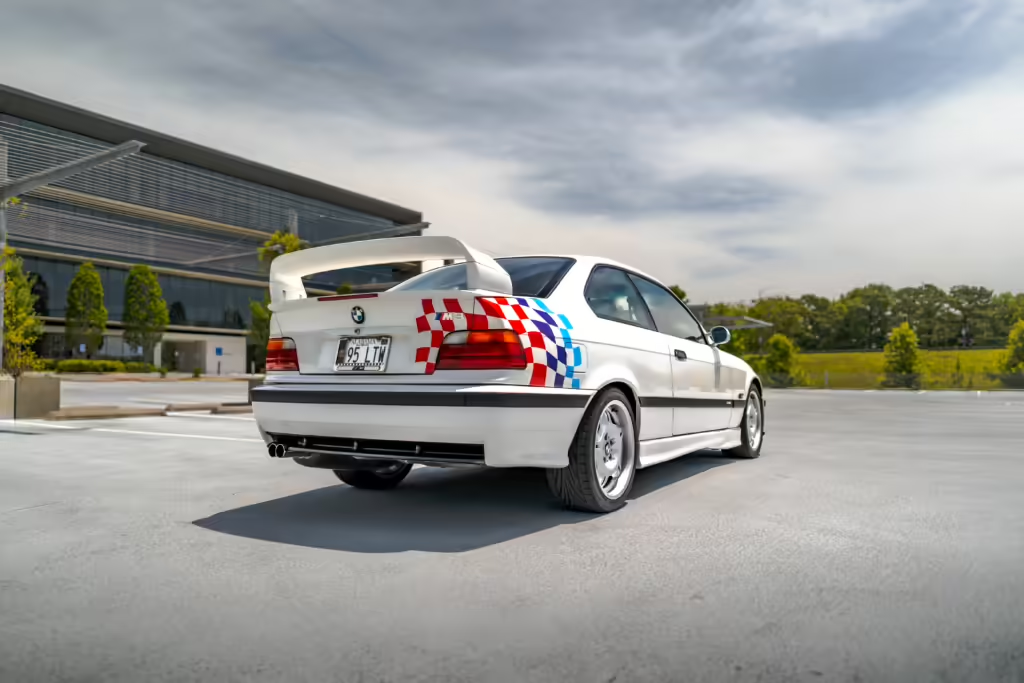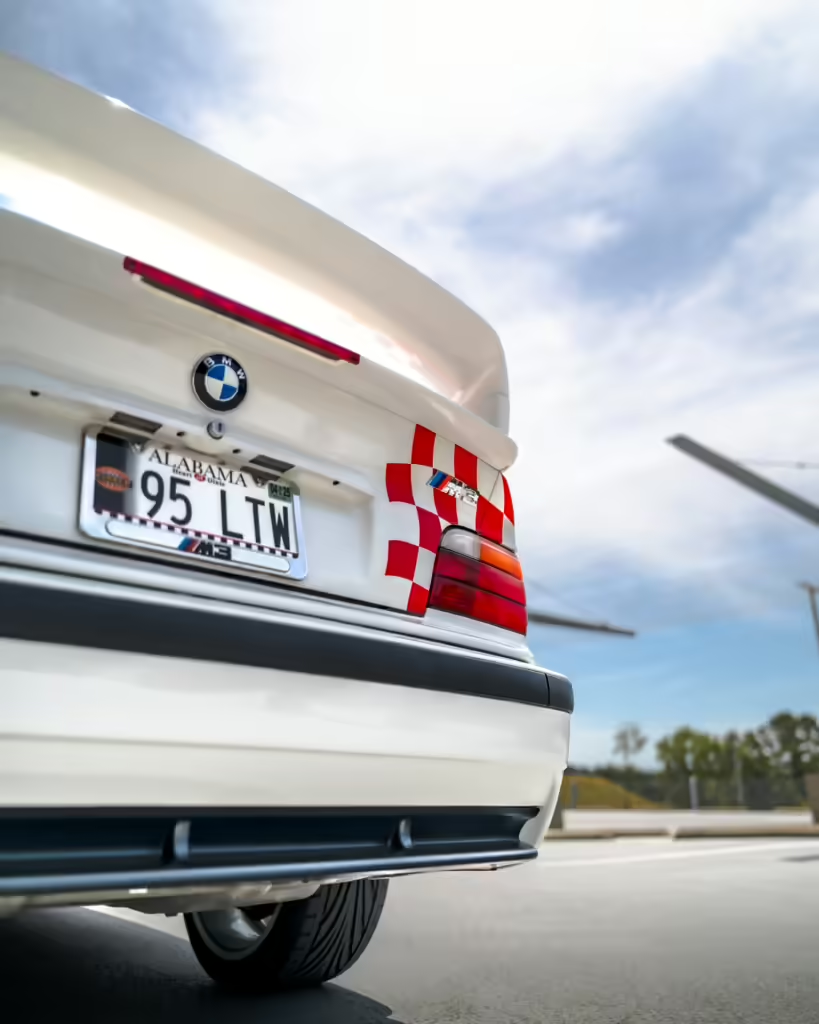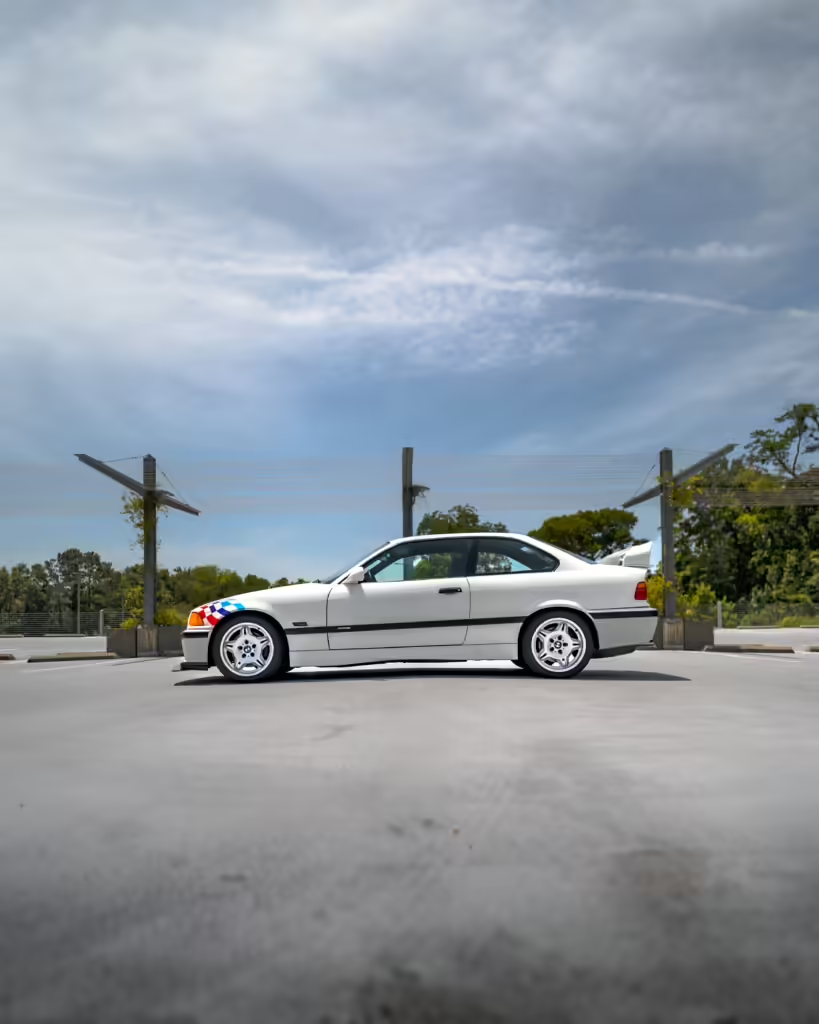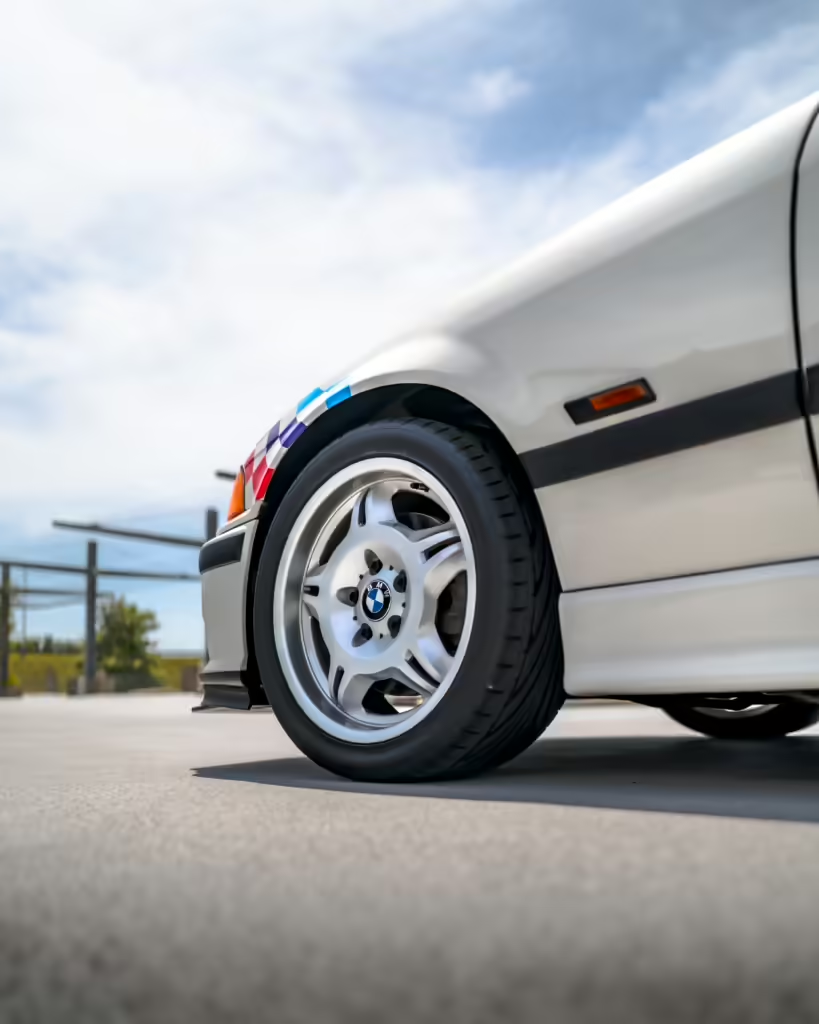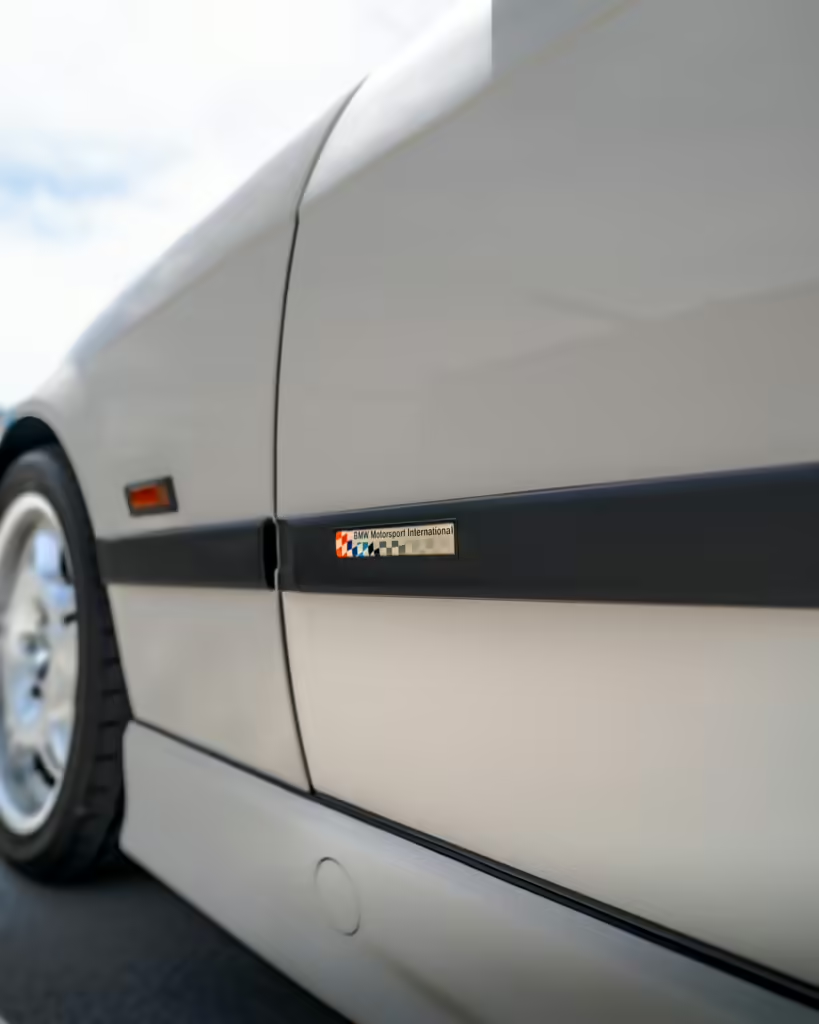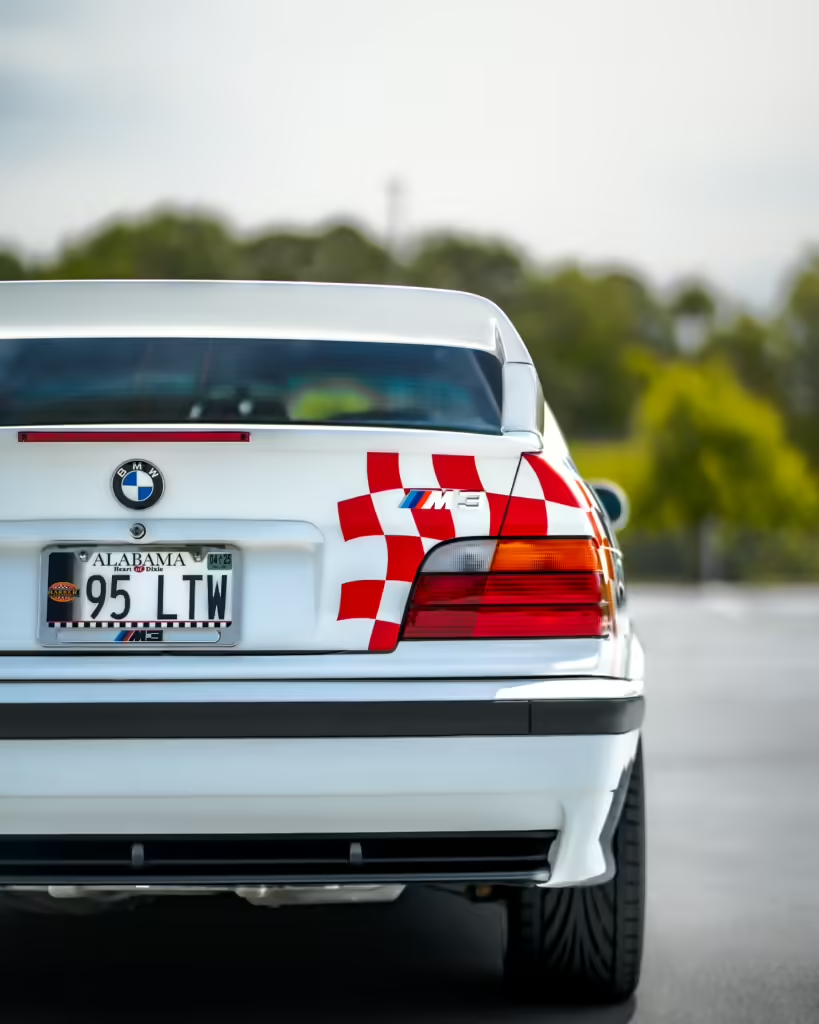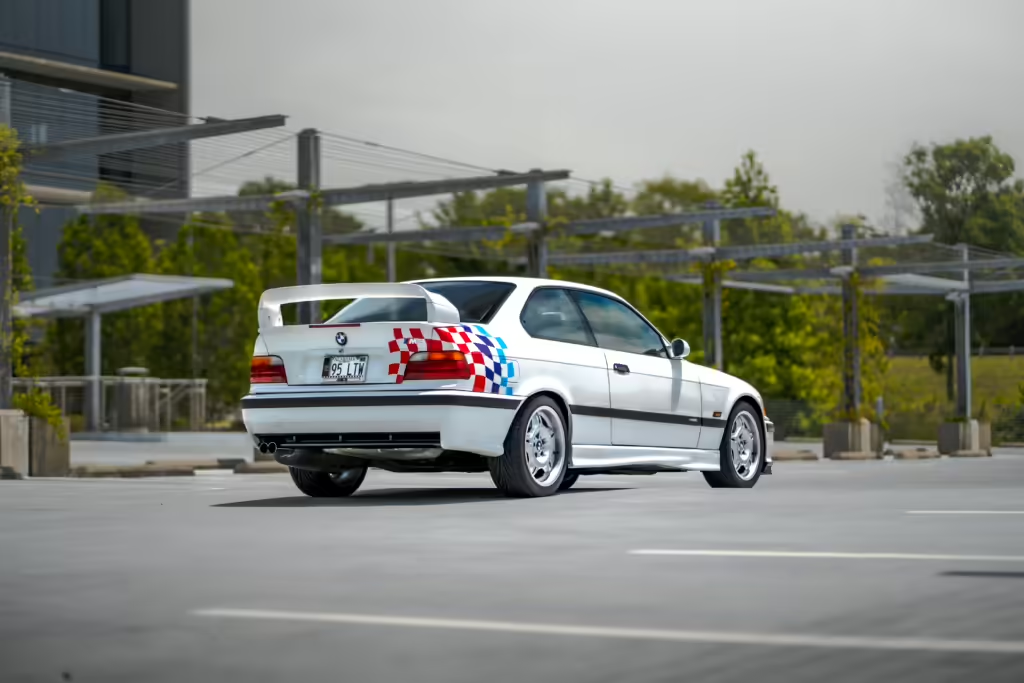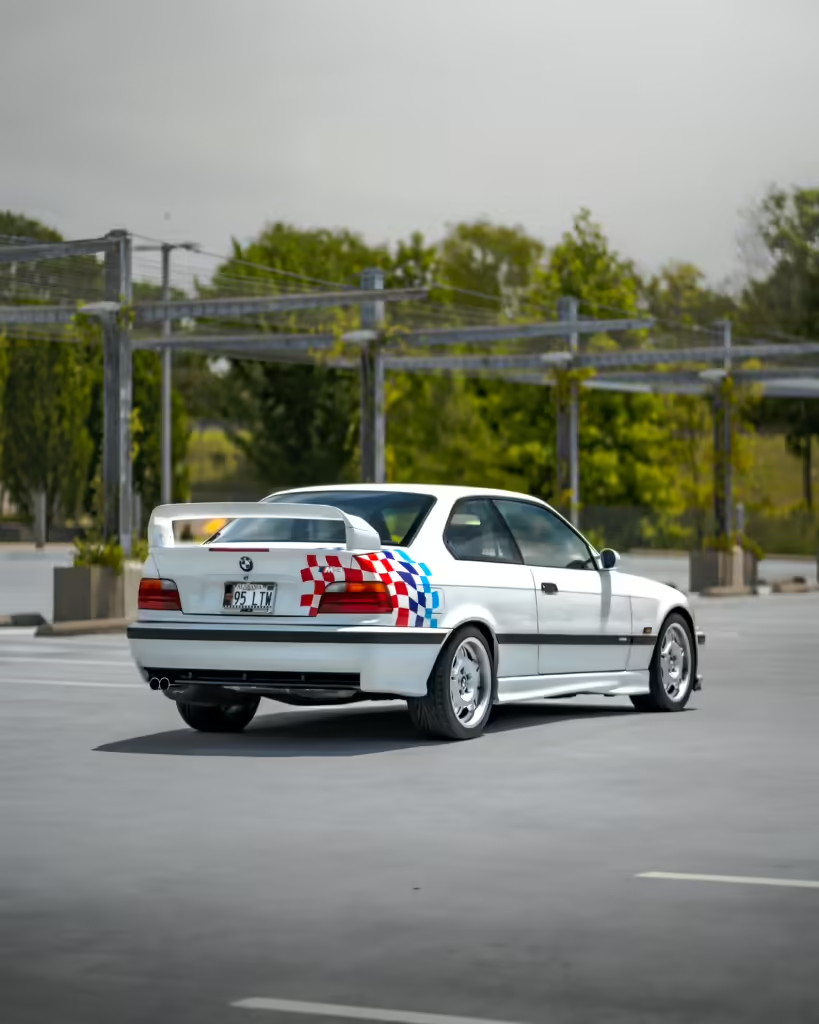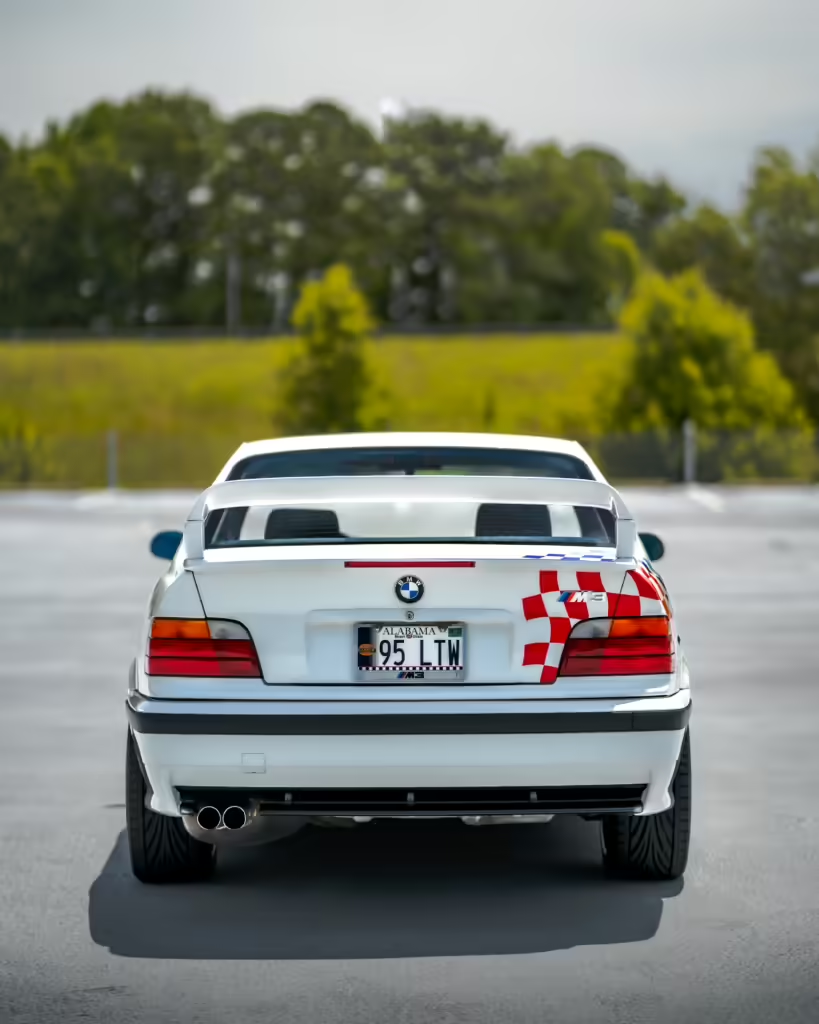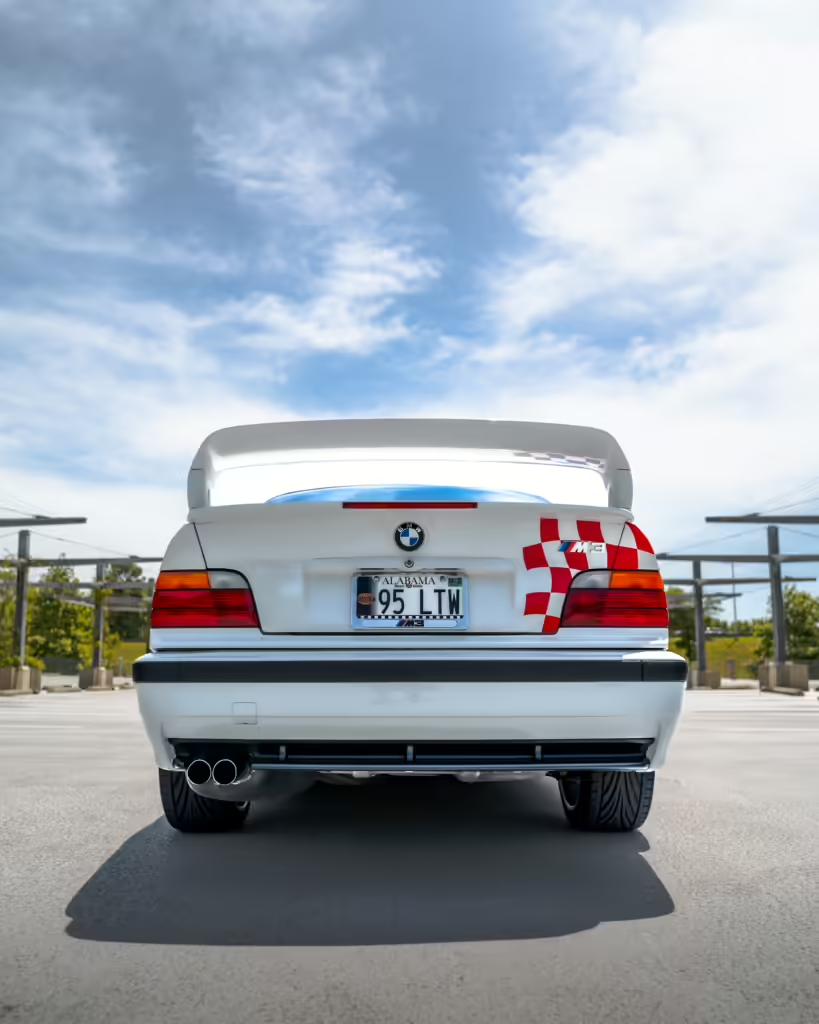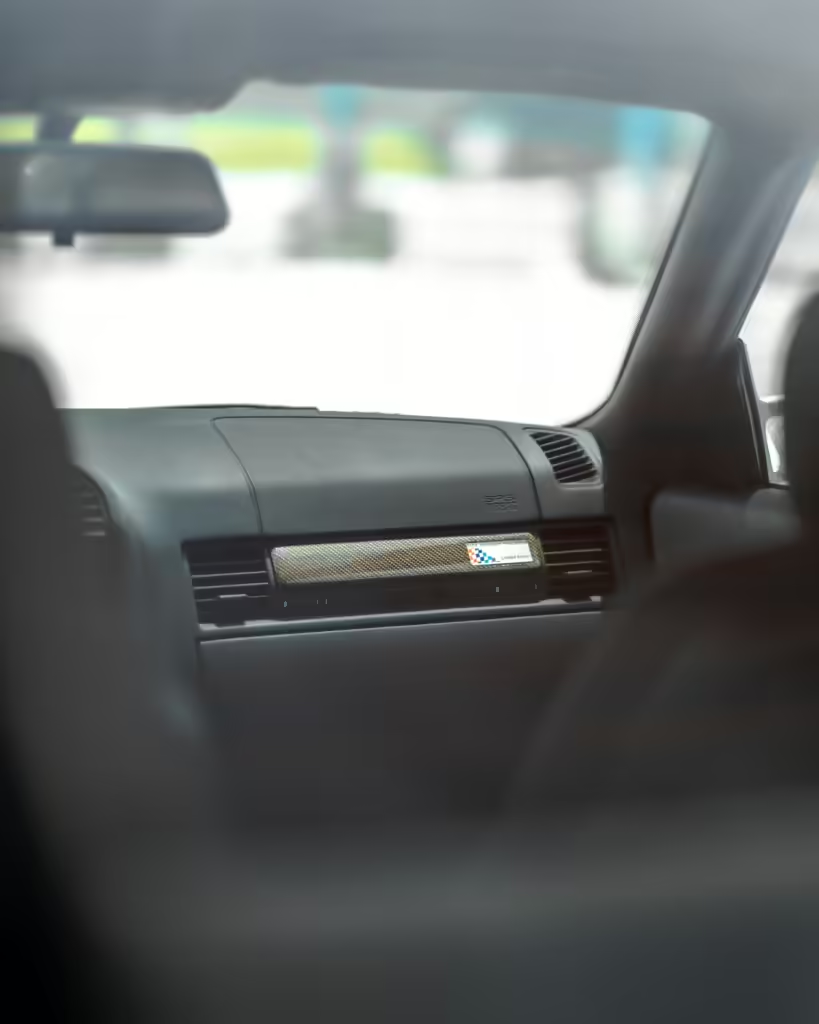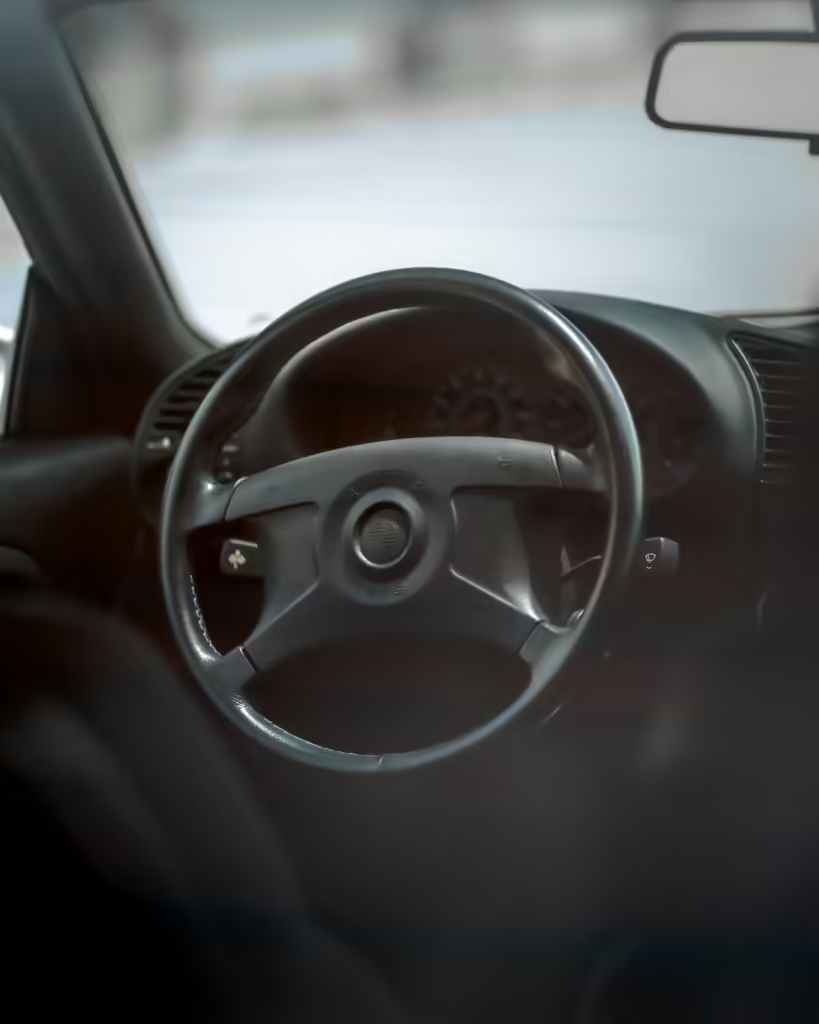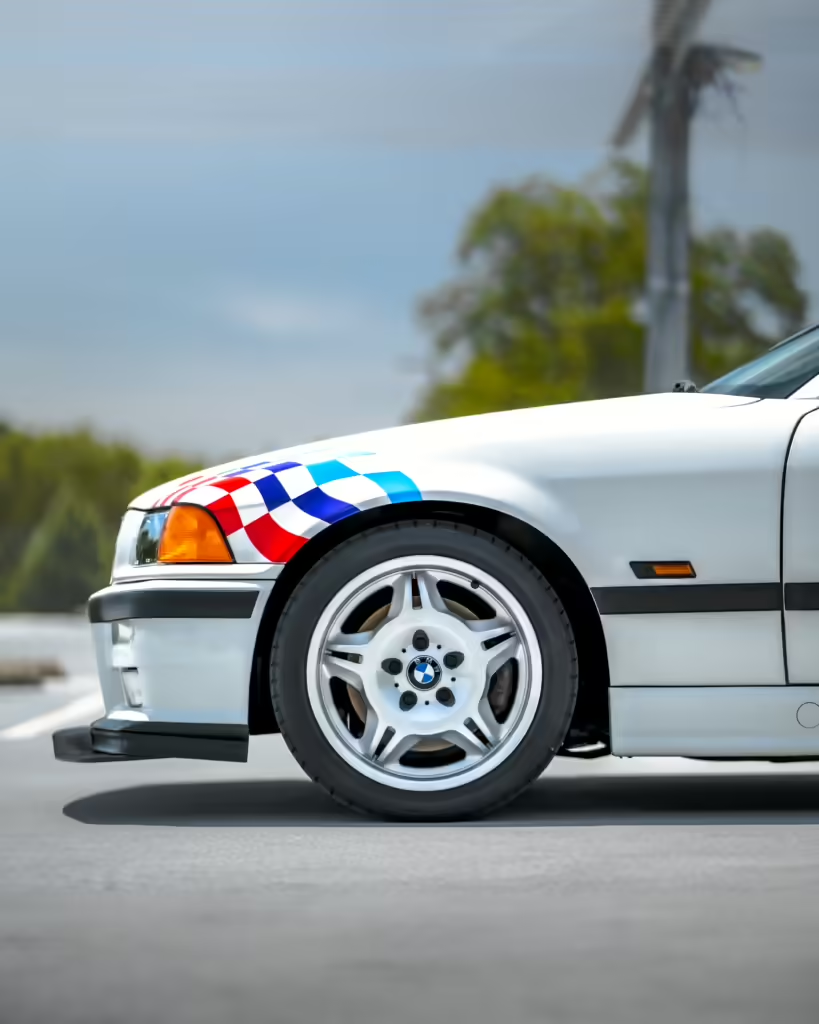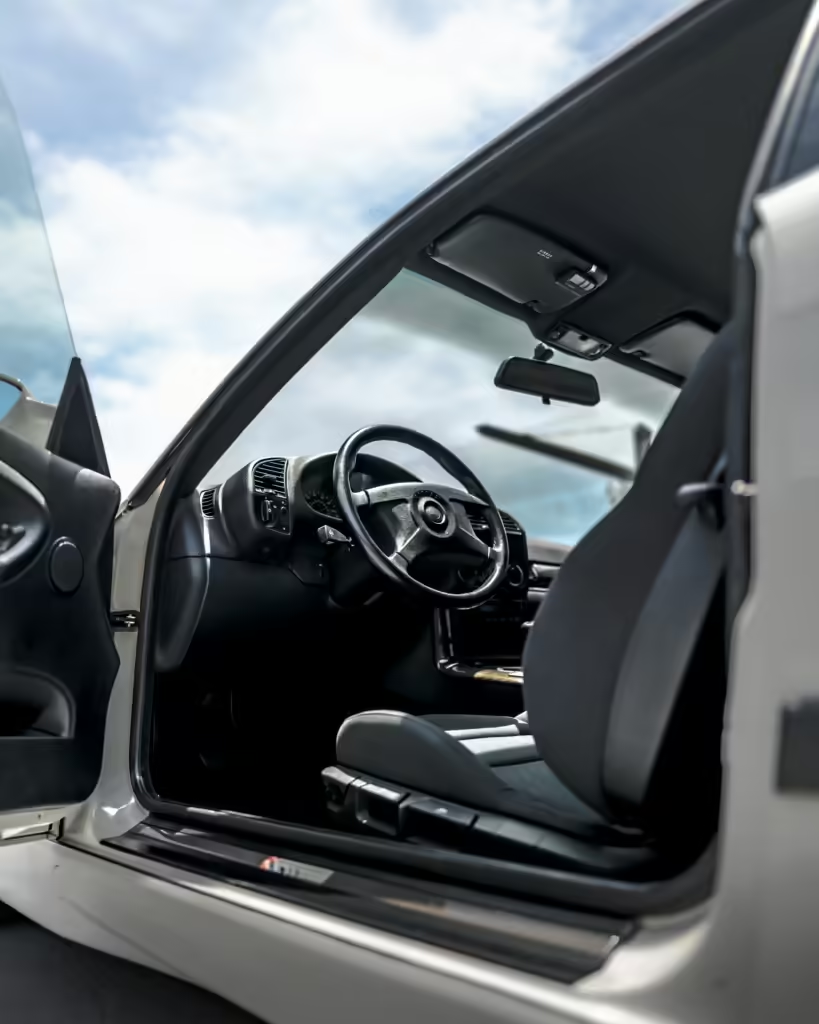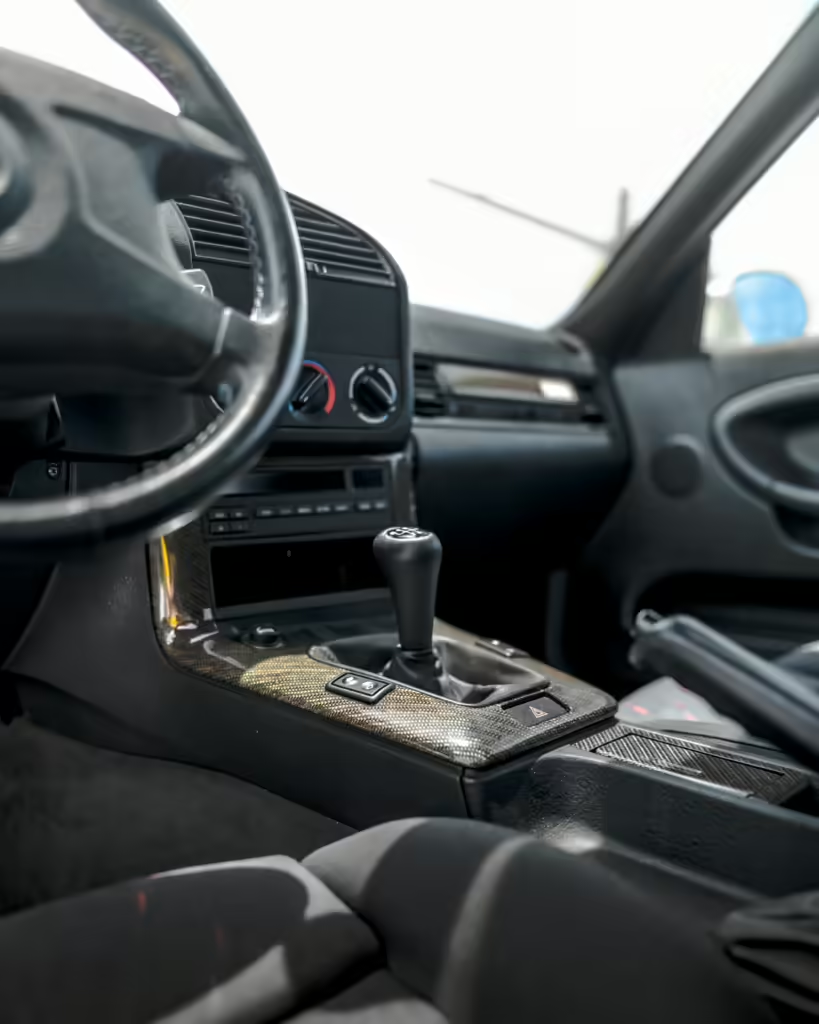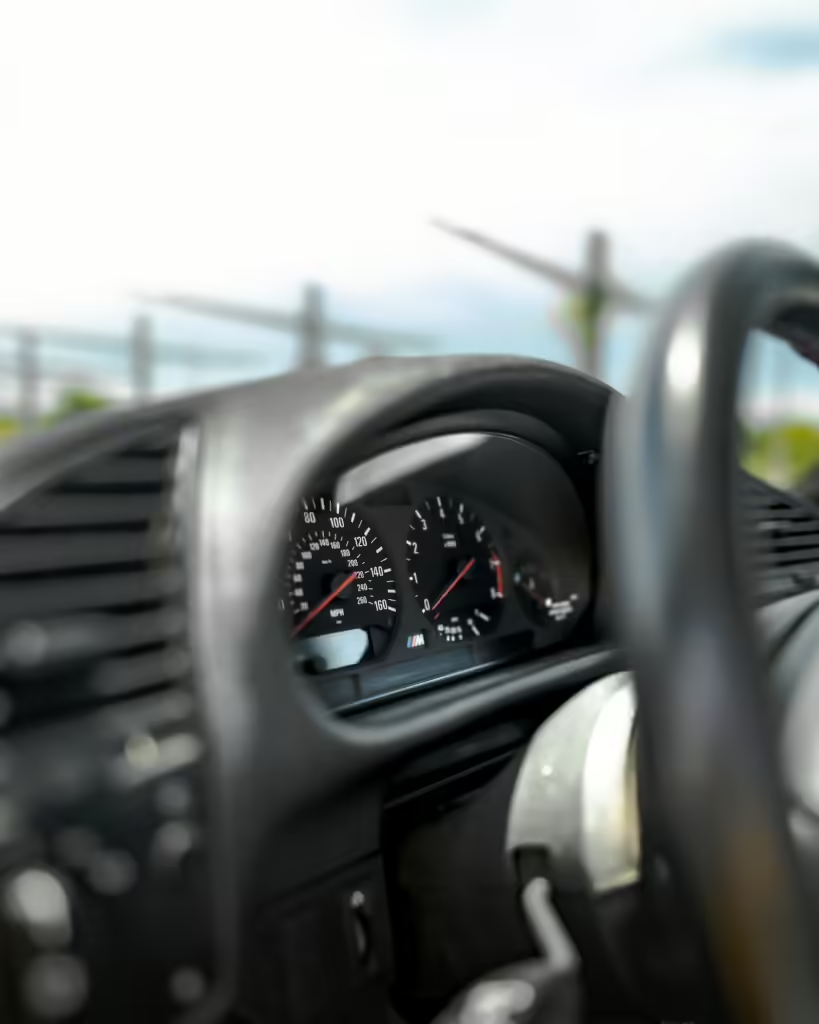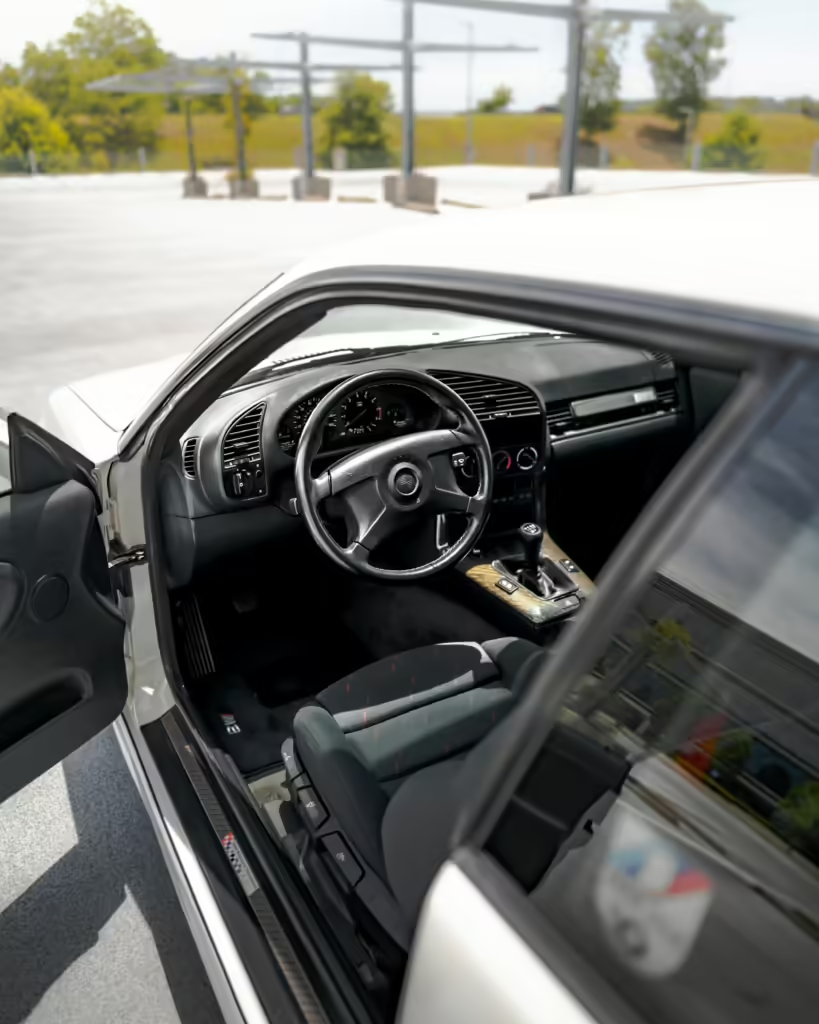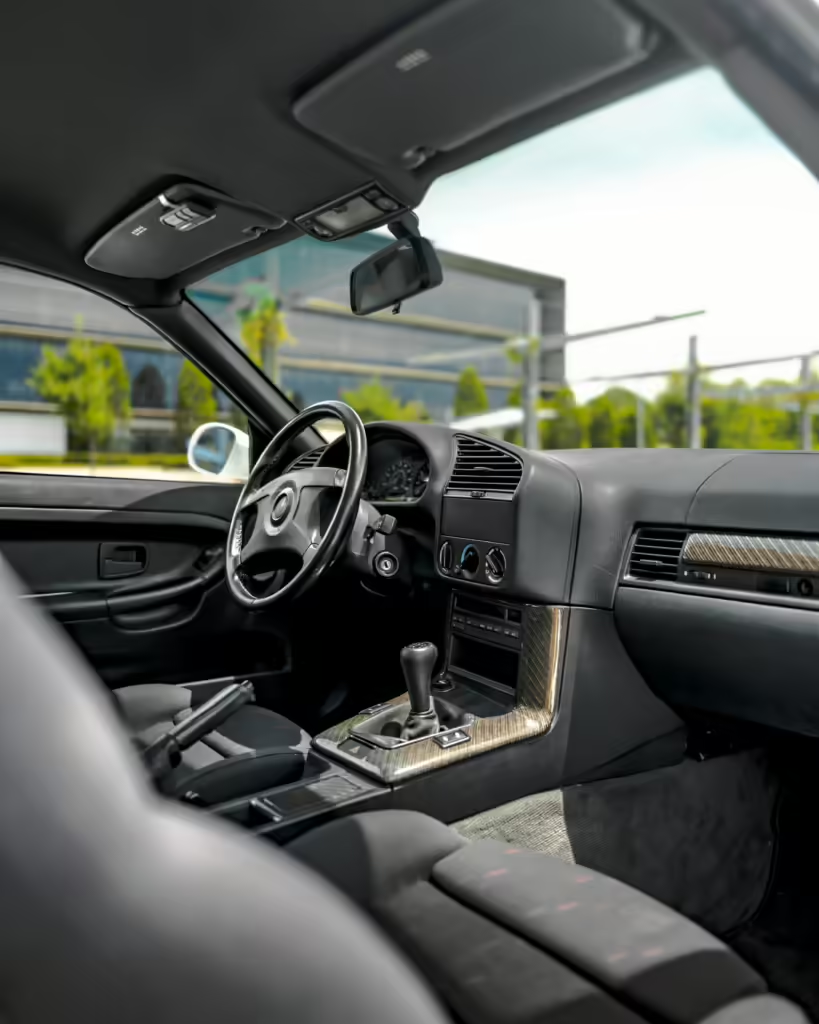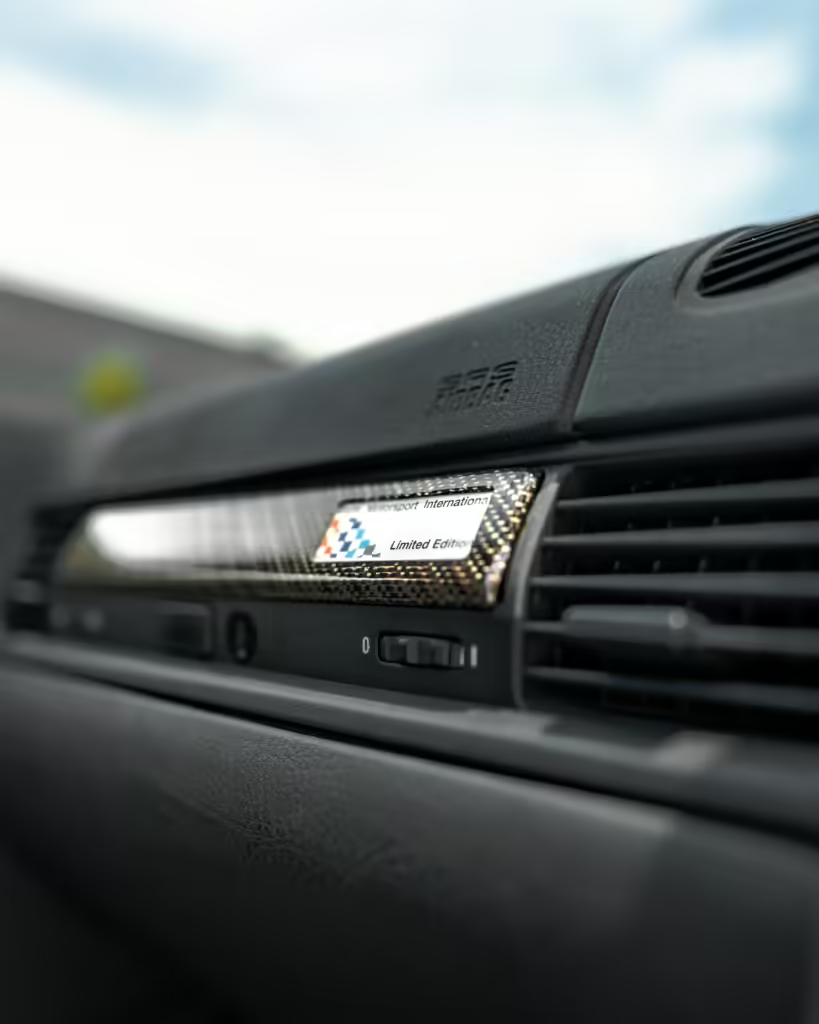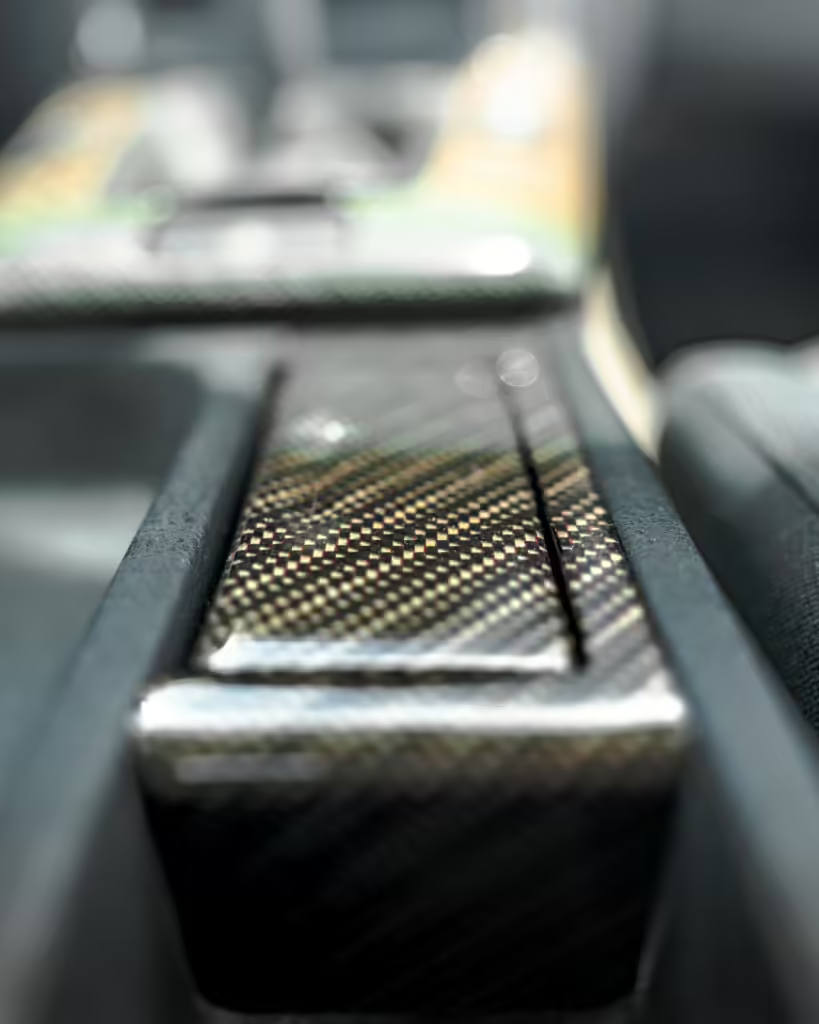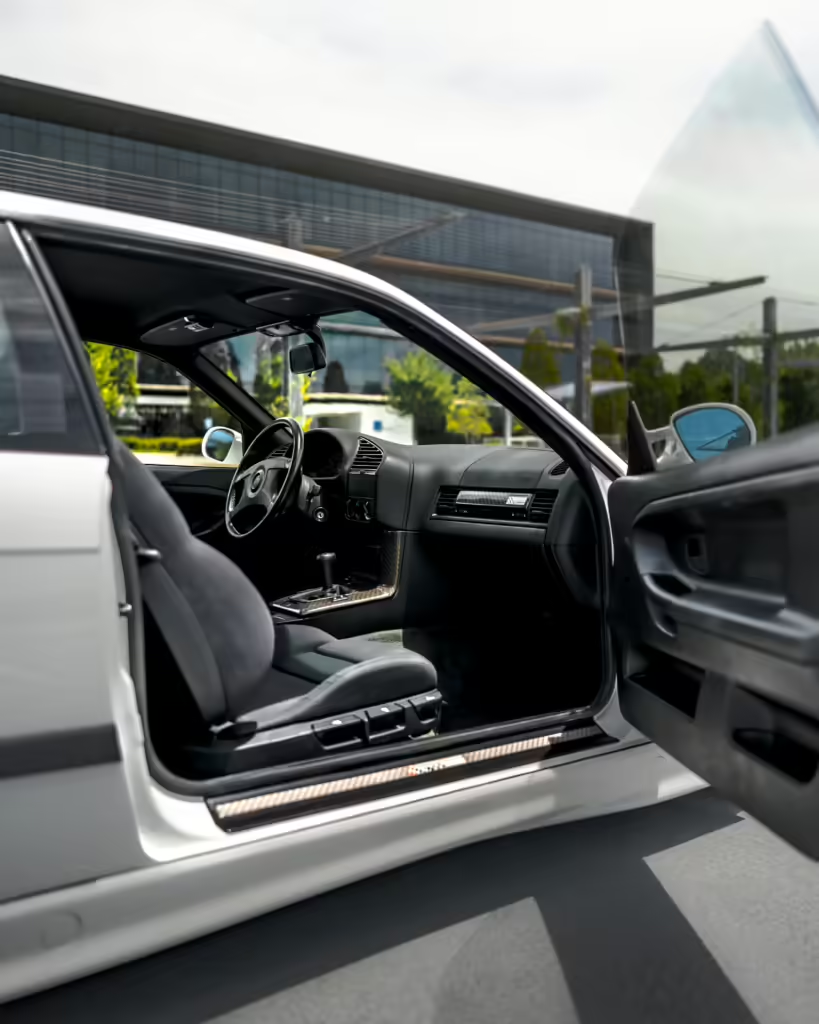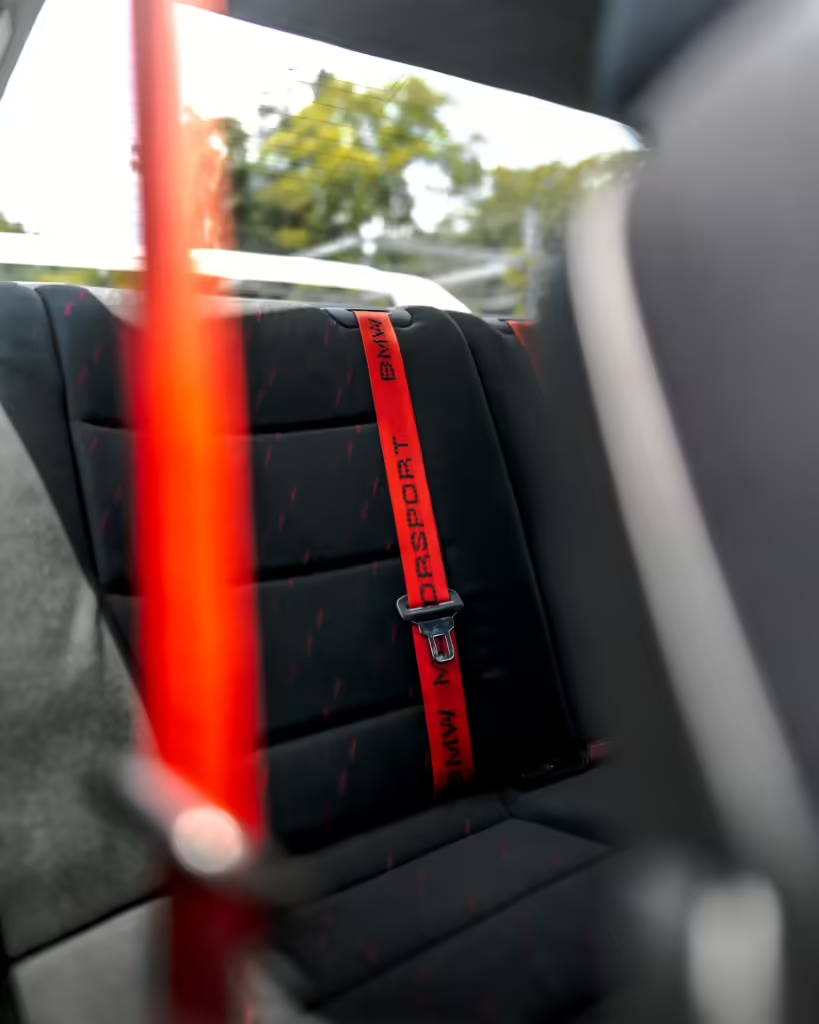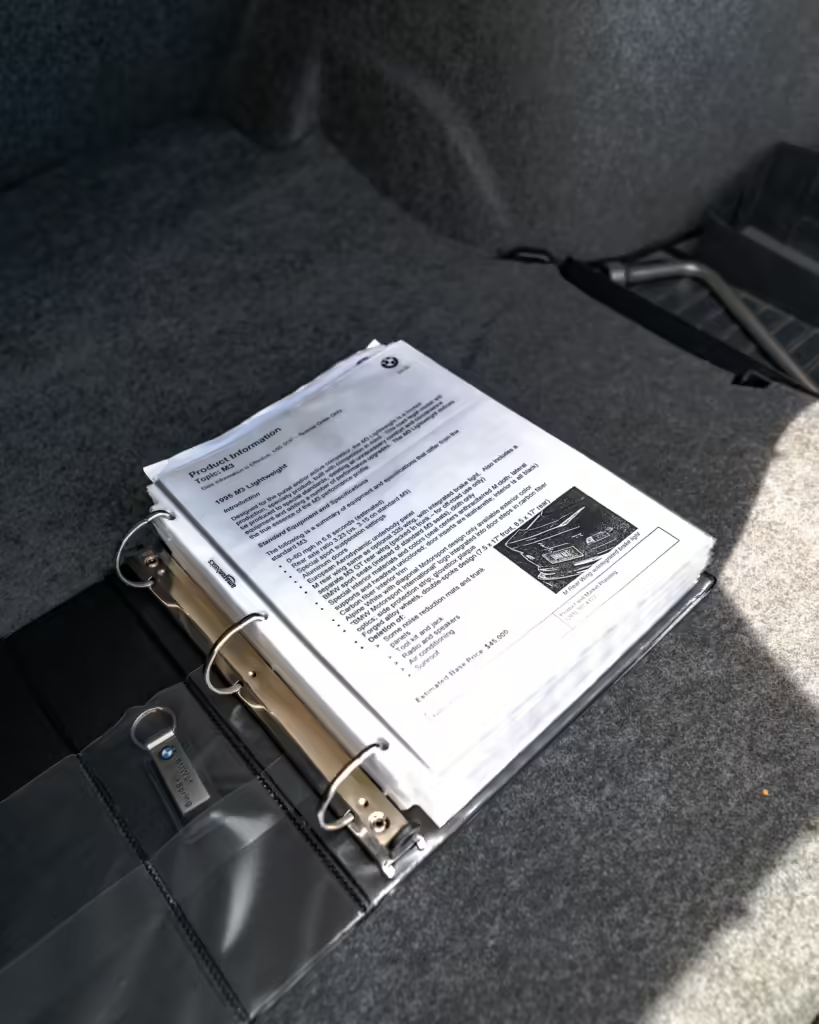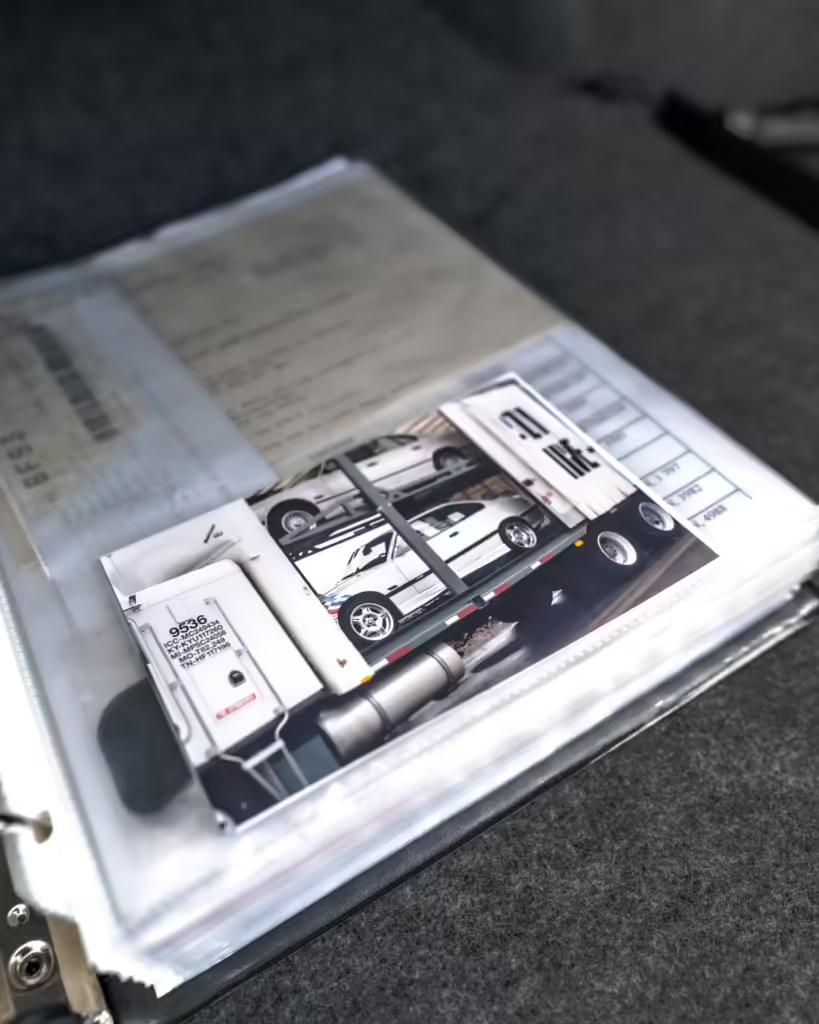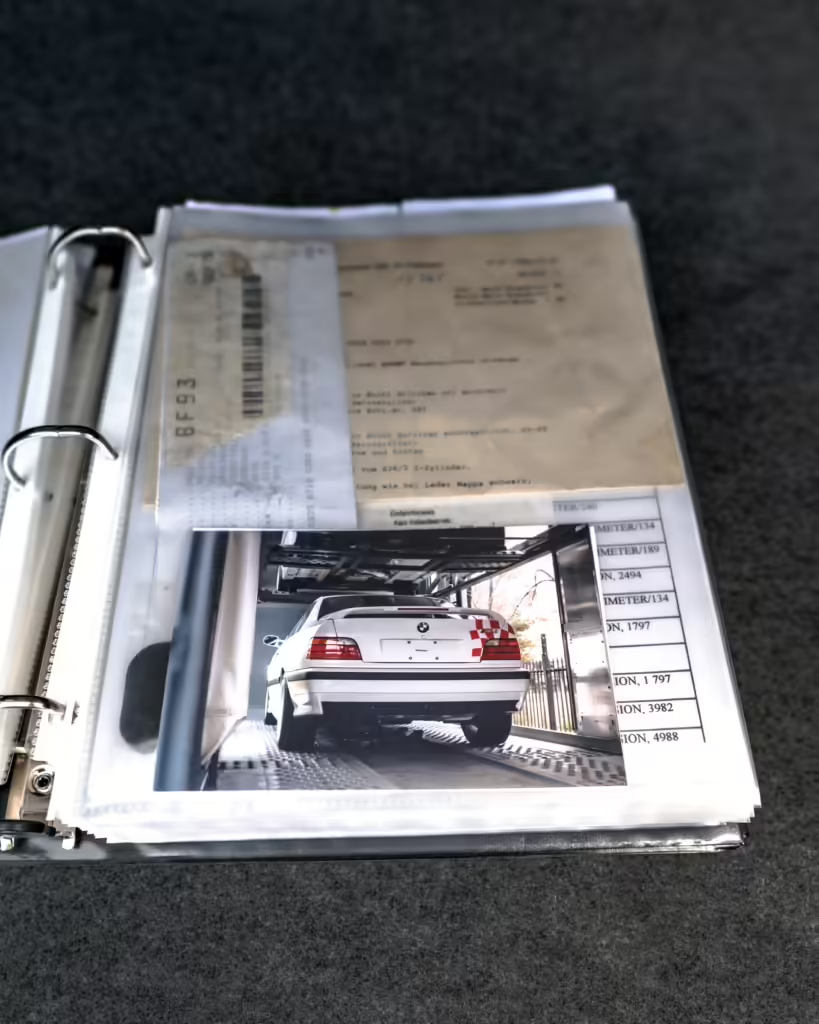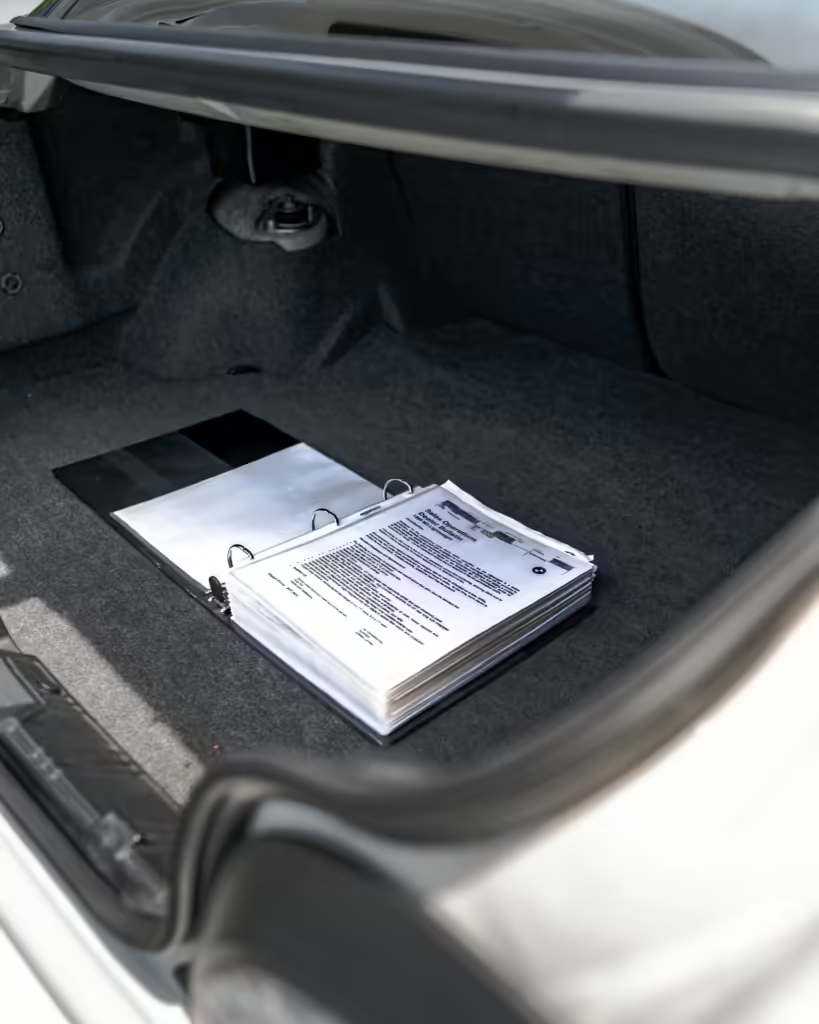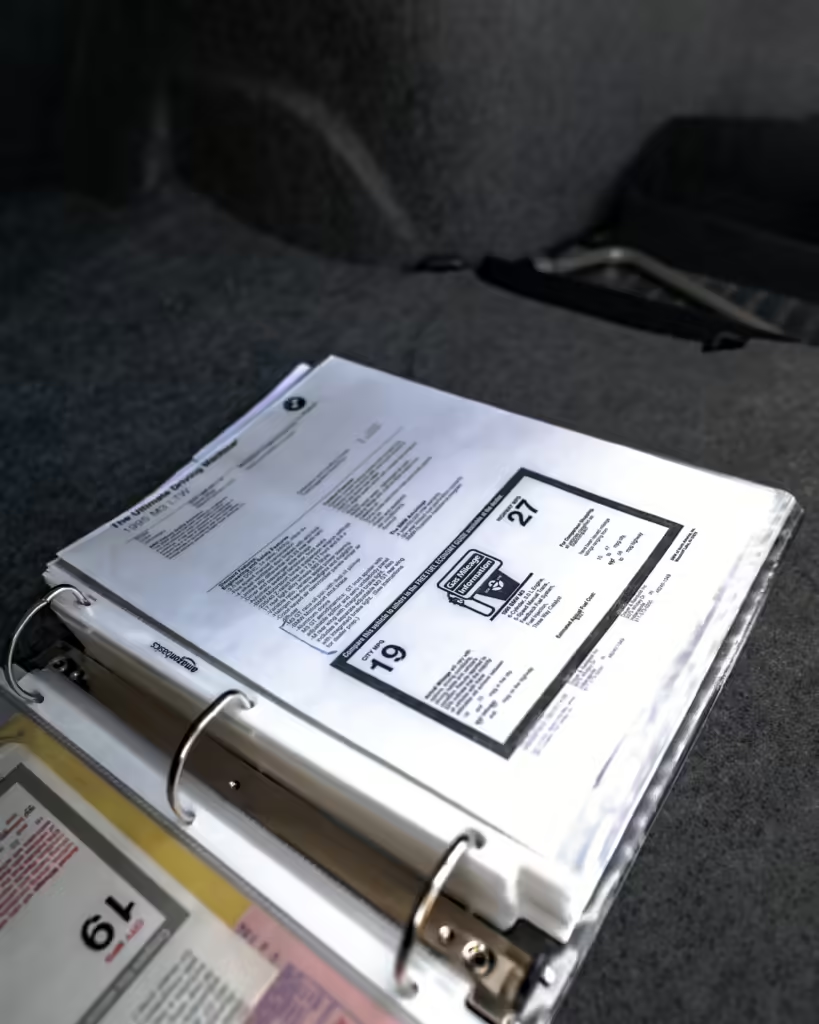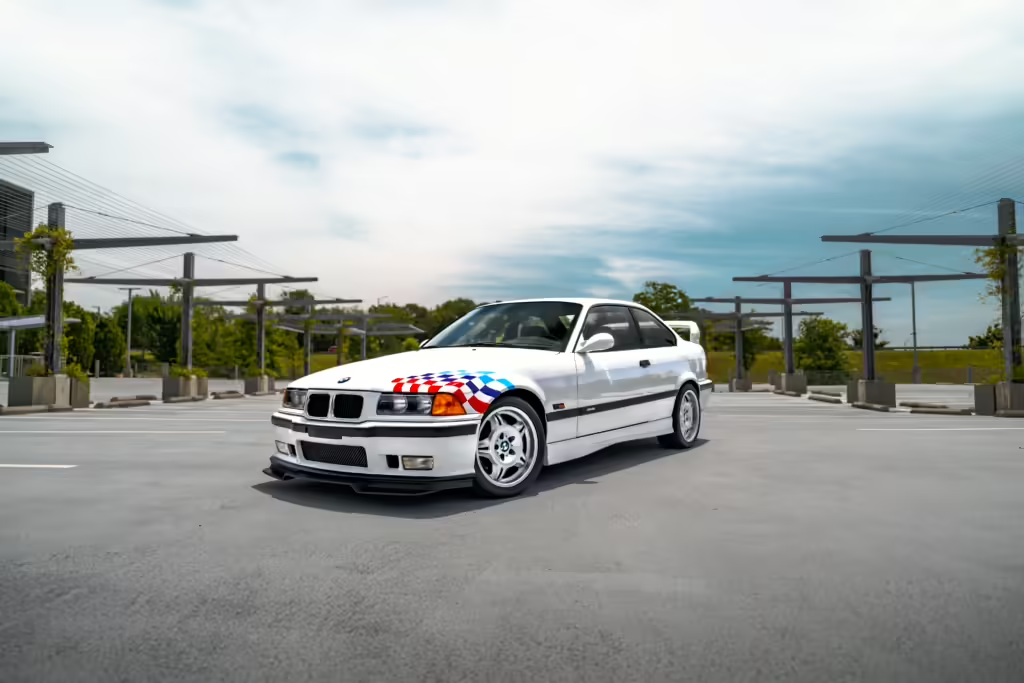Preface
Imagine an exquisite piece of jewelry, a timeless treasure meticulously crafted with precision and care. Each facet, each detail is a testament to the artisan’s skill, resulting in an object of rare beauty and profound significance. The 1995 BMW M3 Lightweight (LTW) is the automotive equivalent of such a jewel—a vehicle that embodies the artistry and engineering excellence of BMW Motorsport.
Just as a master jeweler selects the finest materials to create a piece that transcends time, BMW’s engineers painstakingly designed the M3 LTW with an unwavering focus on performance and weight reduction. Every component, every element of this car serves a purpose, contributing to a harmonious balance of power, agility, and aesthetic appeal. The result is a machine that not only captivates the senses but also delivers an exhilarating driving experience.
Much like a rare gemstone, the M3 LTW’s value is enhanced by its scarcity. With only around 125 units ever produced, each car is a unique piece of BMW’s rich racing heritage. Owners of the M3 LTW possess more than just a vehicle; they hold a piece of history, a symbol of what is possible when passion and precision converge.
Welcome to Chris’s 1995 E36 BMW M3 LTW
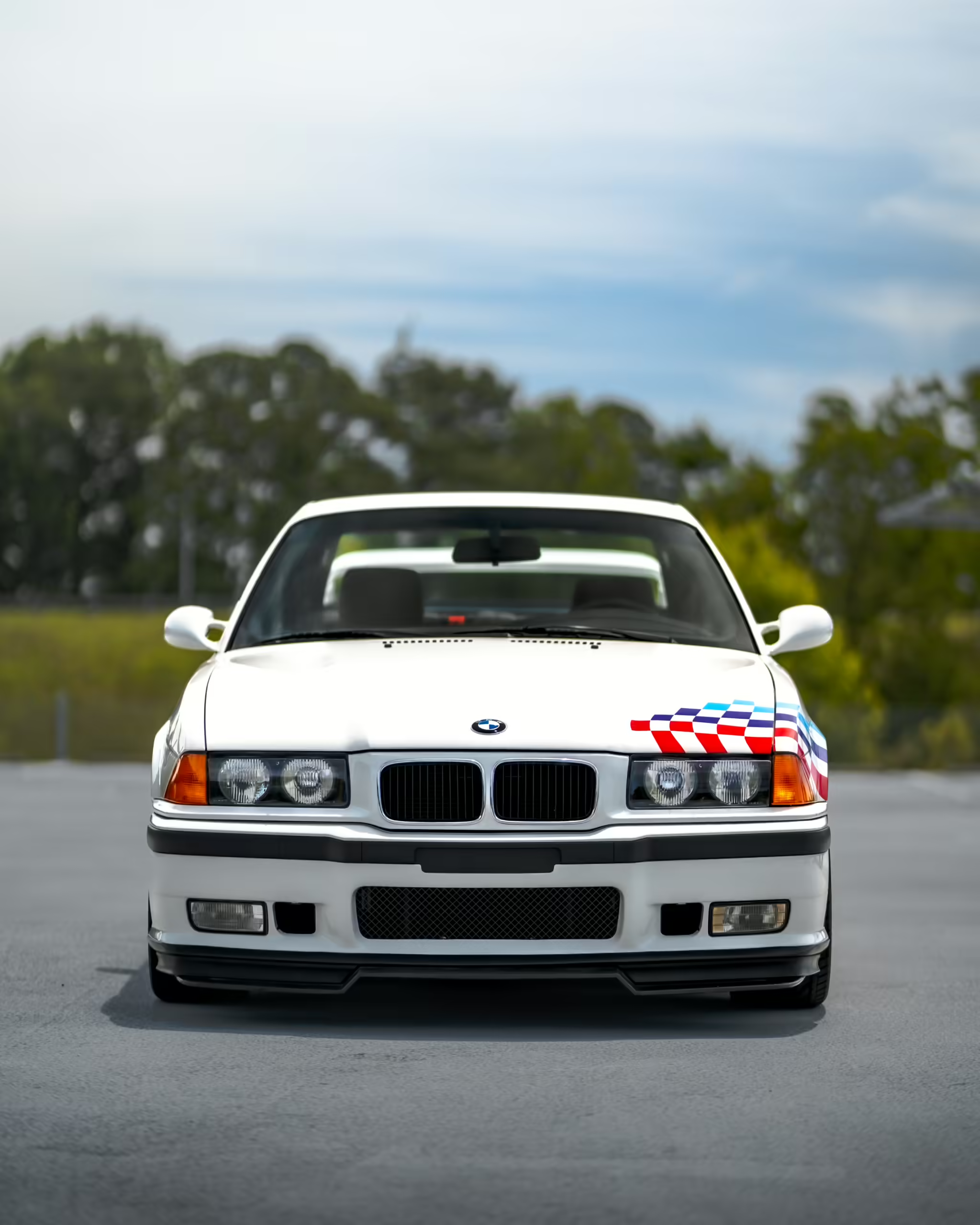
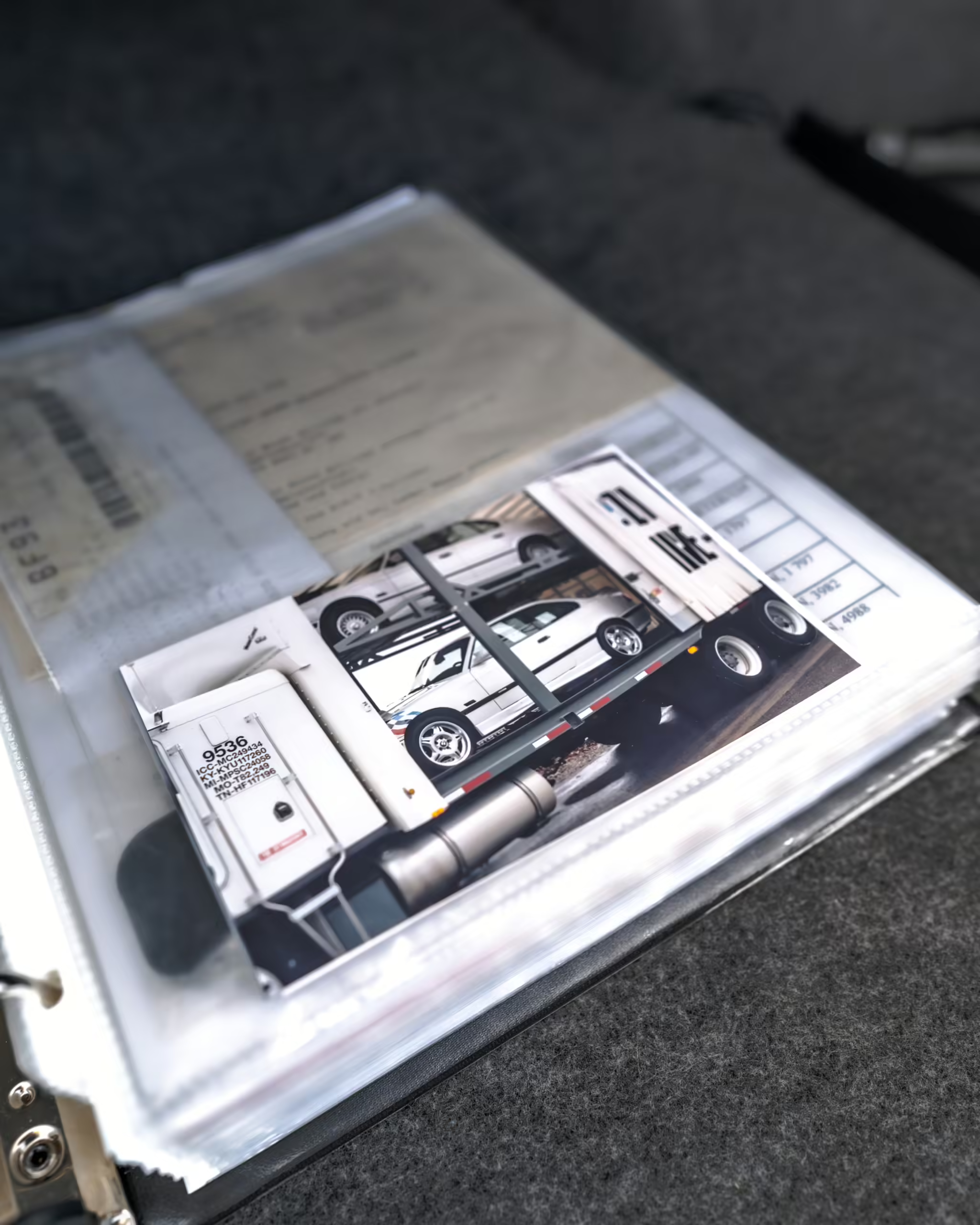
Background…
The 1995 BMW M3 Lightweight (LTW) is a unique and iconic variant of the E36 M3, produced by BMW’s Motorsport division. Its creation was driven by the brand’s ambition to excel in the racing world while providing driving enthusiasts with a car that delivered an uncompromised track experience. Here’s a deeper dive into the background of this extraordinary machine.
Origins and Development
The E36 M3, introduced in 1992, was the second generation of BMW’s M3 series and marked a significant evolution from its predecessor, the E30 M3. While the E36 M3 was celebrated for its refined blend of performance and comfort, BMW sought to create a version that was more focused on the racetrack. This led to the development of the M3 LTW, a model that would embody the essence of BMW’s Motorsport heritage.
The LTW was born out of BMW’s commitment to compete in the IMSA GT series and other racing events. To meet homologation requirements, a limited number of road-going versions had to be produced. Thus, the M3 LTW was conceived as a road-legal track car, stripped of excess weight and equipped with features that emphasized performance over luxury.
Background Cont: Weight Reduction Techniques
One of the primary objectives in the development of the M3 LTW was to reduce weight. BMW implemented several strategies to achieve this:
- Material Substitution: The LTW featured aluminum doors, a lighter trunk lid, and thinner glass. These changes alone resulted in significant weight savings.
- Component Removal: The car was stripped of non-essential components, including the air conditioning, radio, sunroof, and much of the sound deadening material. This not only reduced weight but also enhanced the driving experience by providing a more direct connection to the road.
- Special Features: The LTW came with a stiffer suspension setup, which included upgraded springs, shocks, and anti-roll bars designed for optimal track performance.
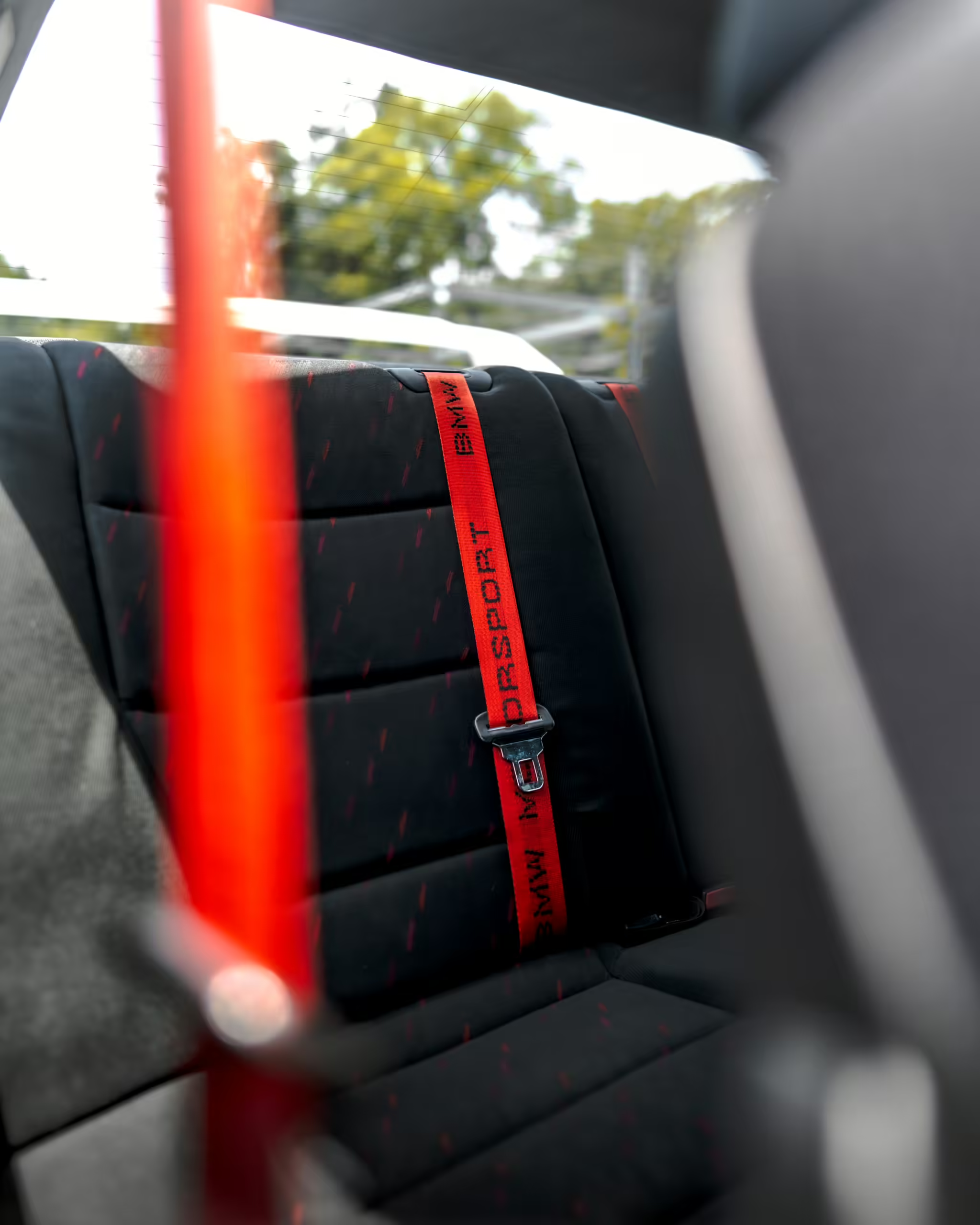
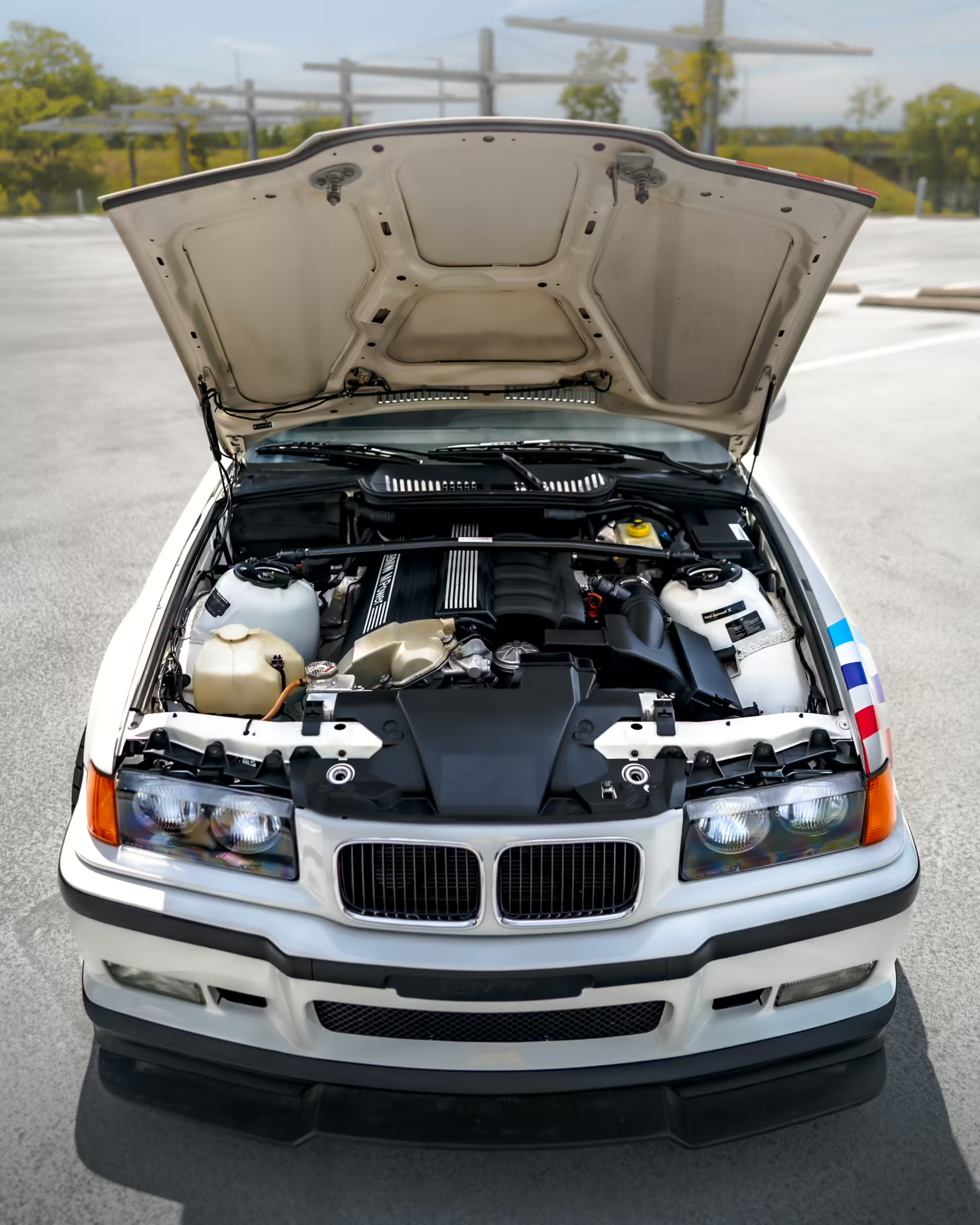
Background Cont: Engine and Performance
At the heart of the 1995 BMW M3 Lightweight (LTW) lies the 3.0-liter S50B30 inline-six engine, a masterpiece from BMW’s M division renowned for its smooth power delivery and robust performance. Producing 240 horsepower at 6,000 RPM and 225 lb-ft of torque at 4,250 RPM, this high-revving engine boasts a redline of 7,200 RPM, providing a thrilling top-end surge. Enhancements such as performance software tweaks and a free-flowing exhaust system optimize the engine’s response and power delivery, ensuring peak performance on the track. This finely tuned powerplant, combined with the car’s lightweight construction, results in an exhilarating and engaging driving experience that is a hallmark of BMW’s M cars.
The M3 LTW’s performance is further enhanced by its drivetrain and weight reduction measures. The 5-speed manual transmission offers precise and tactile gear changes, while the limited-slip differential ensures effective power distribution, maximizing grip during hard cornering. Significant weight reduction was achieved through the use of lightweight materials such as aluminum doors, a lighter trunk lid, thinner glass, and the removal of non-essential components. This not only improves acceleration—allowing the M3 LTW to sprint from 0 to 60 mph in approximately 5.5 seconds—but also enhances agility and overall balance. The car’s specially tuned suspension with stiffer springs, shocks, and anti-roll bars further minimizes body roll and maximizes handling precision, making the M3 LTW exceptionally nimble and responsive, perfect for both track and spirited road driving.
Exterior and Interior Design
The exterior of the 1995 BMW M3 Lightweight (LTW) embodies its track-focused ethos and exclusivity. Clad in Alpine White with distinctive BMW Motorsport checkered flag decals, the car’s look is both striking and purposeful. Lightweight 17-inch forged alloy wheels reduce unsprung weight and enhance the car’s aggressive stance. Unique elements like aluminum doors, a lightweight trunk lid with an integrated spoiler, and the absence of a sunroof all contribute to the LTW’s weight reduction and aerodynamic efficiency.
Inside, the M3 LTW continues its dedication to performance with a minimalist approach. The interior features lightweight manual sports seats upholstered in “Hurricane” cloth with BMW Motorsport tri-color stripes, reinforcing its unique identity. Non-essential components such as sound deadening, air conditioning, and the radio have been removed to save weight, offering a more direct connection to the driving experience. A numbered plaque on the center console marks the car’s limited production run, enhancing its collectible appeal. Despite its Spartan amenities, the M3 LTW’s interior is designed to maximize driver engagement and focus during high-performance driving.
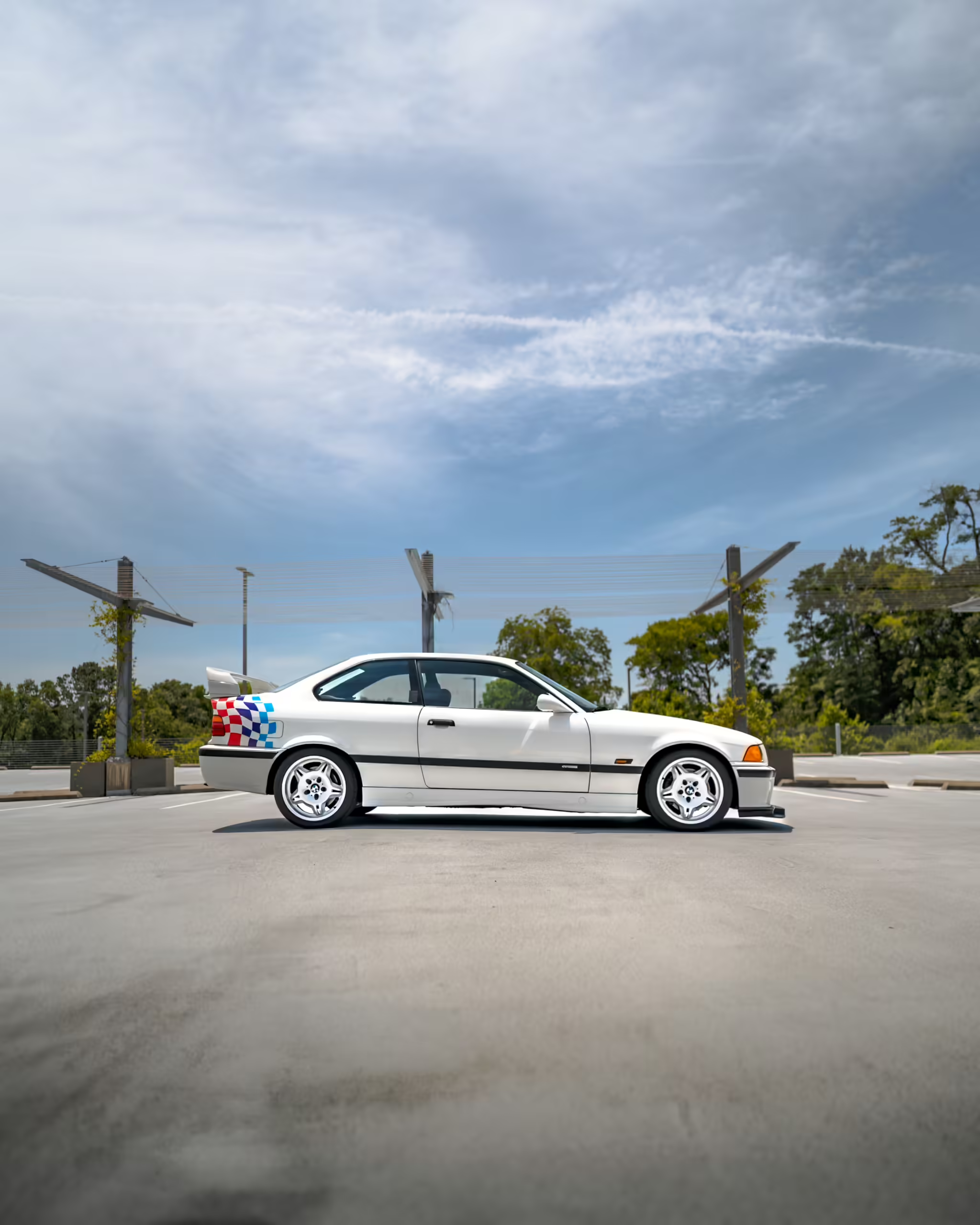
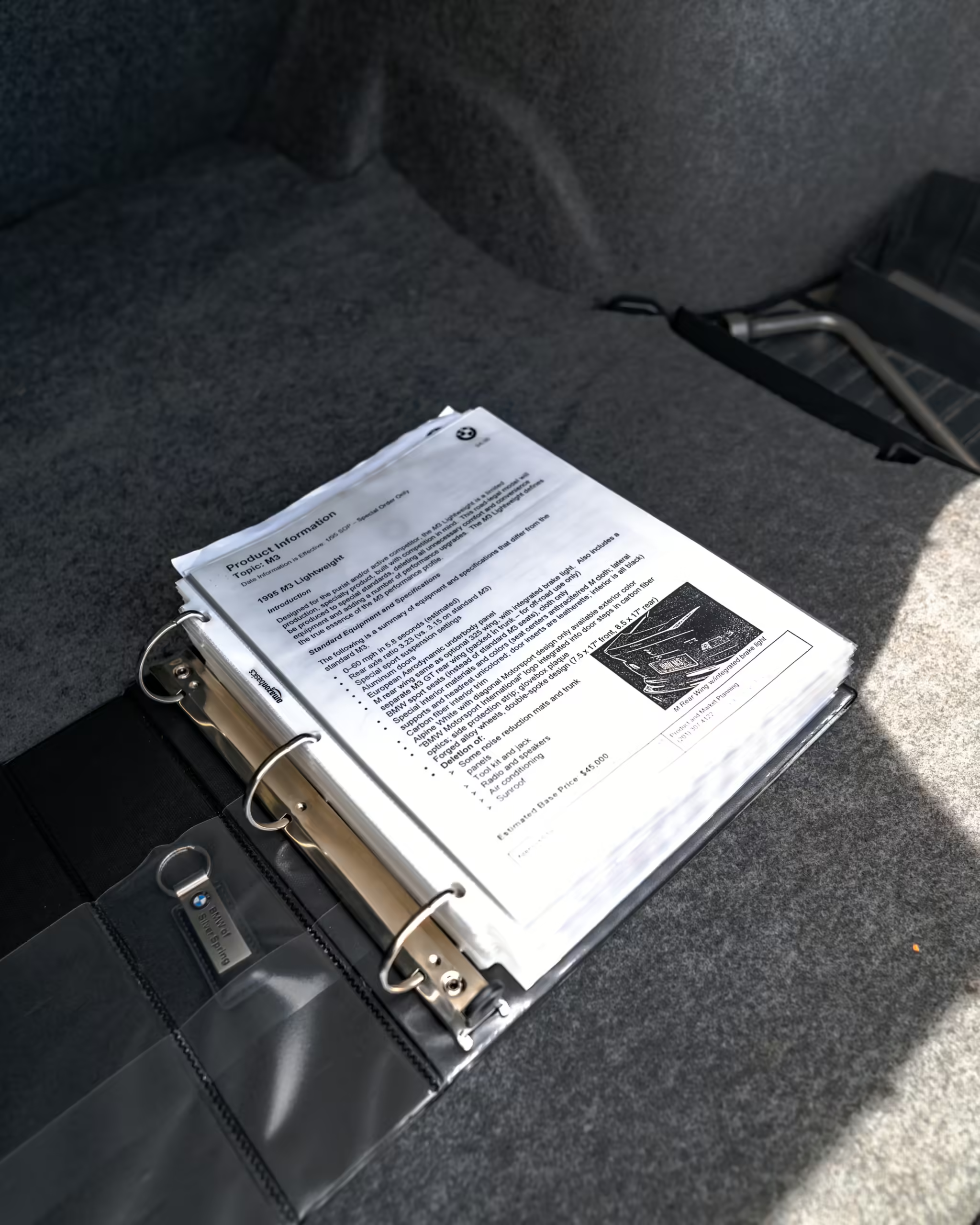
Limited Production and Legacy
The 1995 BMW M3 Lightweight (LTW) occupies a distinguished position in automotive history, characterized by its exceedingly limited production and enduring legacy. With a production run limited to just approximately 125 units, the LTW stands as a rare and coveted gem among collectors and enthusiasts worldwide. This exclusivity not only adds to its desirability but also underscores its significance as a hallmark of BMW’s dedication to precision engineering and Motorsport excellence.
Beyond its rarity, the M3 LTW’s legacy is etched in its uncompromising pursuit of performance on and off the track. Each meticulously crafted LTW embodies the culmination of BMW’s engineering prowess, designed to deliver a heightened driving experience characterized by agility, power, and precision. Its lightweight construction, bespoke features such as aluminum doors and a stripped-down interior, and specialized suspension tuning all contribute to its reputation as a purpose-built driving machine.
As a testament to BMW’s commitment to pushing the boundaries of automotive innovation, the M3 LTW continues to command attention and respect. Its limited production status ensures that each example remains a cherished artifact of automotive history, celebrated not only for its rarity but also for its enduring influence on the evolution of high-performance sports cars.
Meet the Owner:
Chris Gore:
“The 1995 BMW M3 lightweight is a car that I have always wanted to own. Growing up, my first introduction to the car was in 7th grade. My best friend’s dad owned one. I knew nothing about cars at that time and his lightweight was like a gateway into the car scene. Bright white, big wing, front splitter, where’s the radio, no AC, like what is this car? It left an impression and the rest is history.
This lightweight was originally purchased in 1995 by Jeffrey Harker, a doctor and BMW CCA driving instructor. He ordered it through BMW and immediately sent the car to TC Kline Racing for track prep. He raced this lightweight for many years with the Hoosier chapter of the BMW CCA in Indianapolis. His son Ryan later took over care of the car and was a talented driving instructor as well. Then in 2018, it was then purchased by a gentleman in Philadelphia, PA who performed an extensive restoration. 23 years of track time required some work to be done. The engine was rebuilt, new clutch, cooling system, paint, trim, you name it. No expense was spared and the 3″ binder of receipts proves it. Luckily the interior was mostly original as it was removed and properly stored during its track days. The car has around 65,000 miles but the interior is almost brand new.”
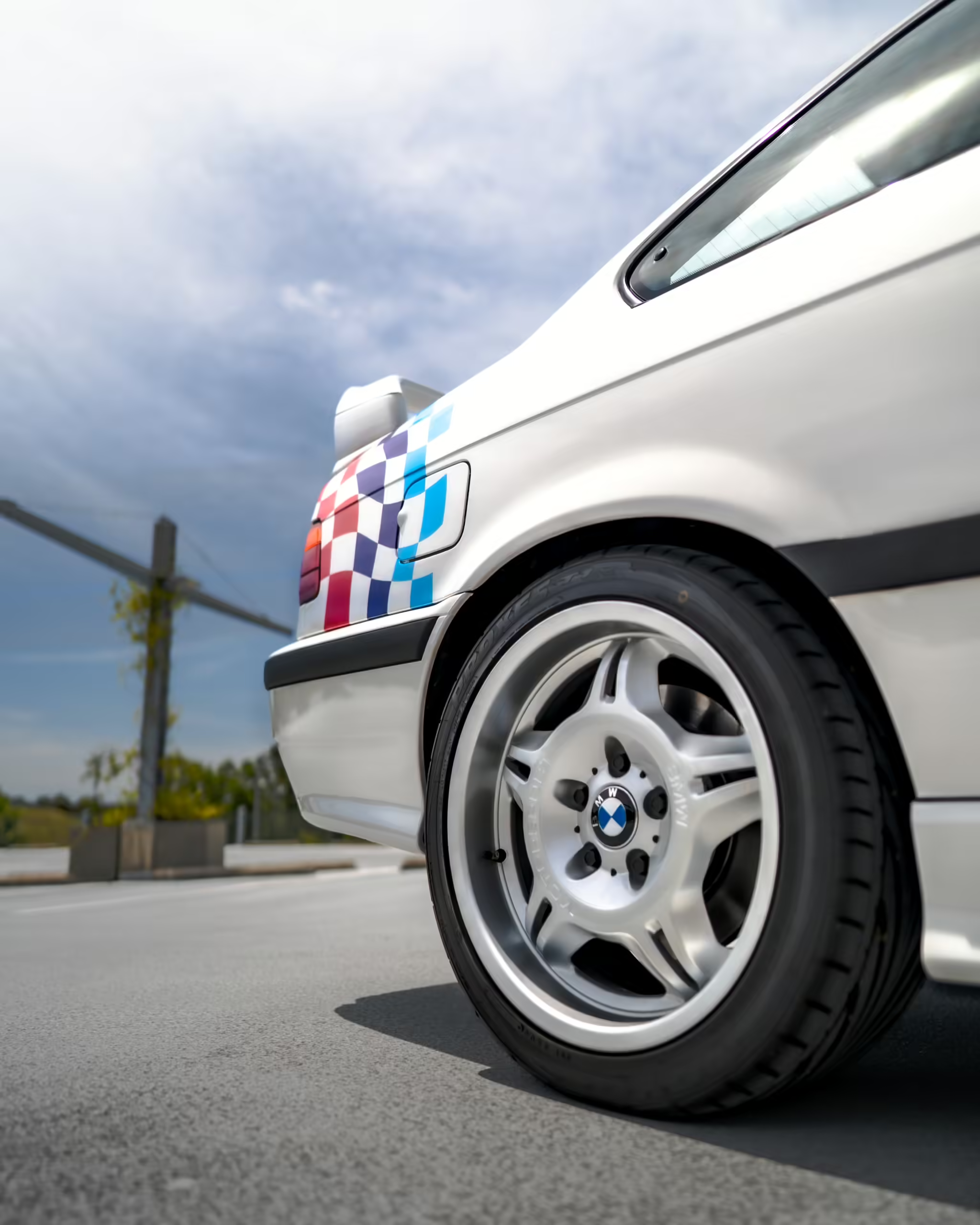
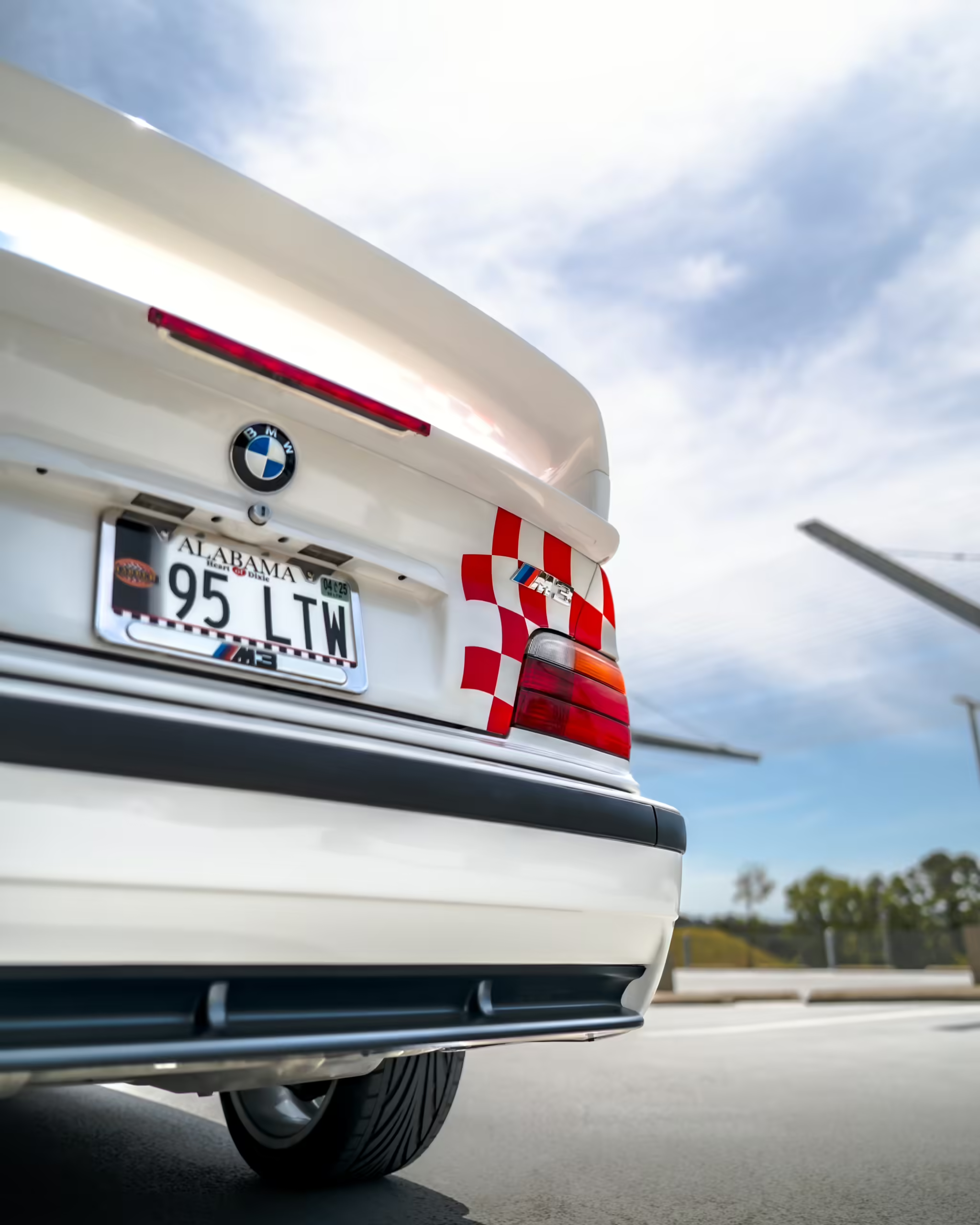
Did it Leave an Impression?
“I was honored to take over care of this 1995 M3 lightweight in July 2023. I have owned many cars including a supercharged 829 horsepower C5 Z06, but this one is my favorite. The driving experience is unmatched and the car gives you so much despite its anemic 240 horsepower US M50 motor. It’s a car that I can wind out down the road and not immediately hit triple digits. It’s analog and raw – a welcomed departure from the vehicles these days. Simpler times. It has questionable body roll and the shifter is a bit sloppy. No cup holders but 2 ash trays. The unique BMW M hurricane pattern seats resemble some 1990s airline fabric. A steering wheel diameter that most bus drivers would envy. The lack of AC is tolerated as long as the car is moving. Yet BMW managed to shave off 200 pounds on this one, hitting a curb weight of around 2950 pounds, and you can feel it. Most of my favorite times with the lightweight are on a day off, windows down, on a long back road. There is no radio to distract you from the sounds of the motor and exhaust – and is not something missed. The driving experience is preserved. This lightweight spent most of its life on the track and I love that. I don’t feel bad about putting miles on it. This car was purpose built from the factory and not intended to be a museum piece. It was meant to be driven, and I intend to do so as long as I have it.”
Conclusion: The Legacy of the 1995 BMW M3 Lightwight
The 1995 BMW M3 LTW is more than just a high-performance vehicle; it’s a symbol of BMW’s dedication to engineering excellence and Motorsport heritage. With its reduced weight, powerful engine, and finely-tuned suspension, the M3 LTW delivers a driving experience that is both thrilling and deeply engaging. Its rarity and track-focused design make it a highly sought-after collector’s item, celebrated by enthusiasts around the world.
This car represents a perfect blend of form and function, showcasing what can be achieved when performance is prioritized above all else. Whether on the racetrack or a winding country road, the M3 LTW stands as a testament to BMW’s ability to create vehicles that not only perform exceptionally but also inspire a profound connection between the car and its driver.
In the world of high-performance automobiles, the 1995 BMW M3 LTW remains a shining example of what it means to be a true driver’s car. Its legacy continues to influence and inspire, proving that even in a world of technological advancements, the purity of a lightweight, powerful, and agile machine will always hold a special place in the hearts of automotive enthusiasts.
For more information, an article written by MotorTrend Magazine can be found here:
https://www.motortrend.com/reviews/1995-bmw-m3-lightweight-rewind-review/
Special thanks to Josh Buchanan for setting up this amazing opportunity. Be sure to check out Birmingham Cars & Coffee every third and fourth Saturday of each month for more interesting cars and trucks!
